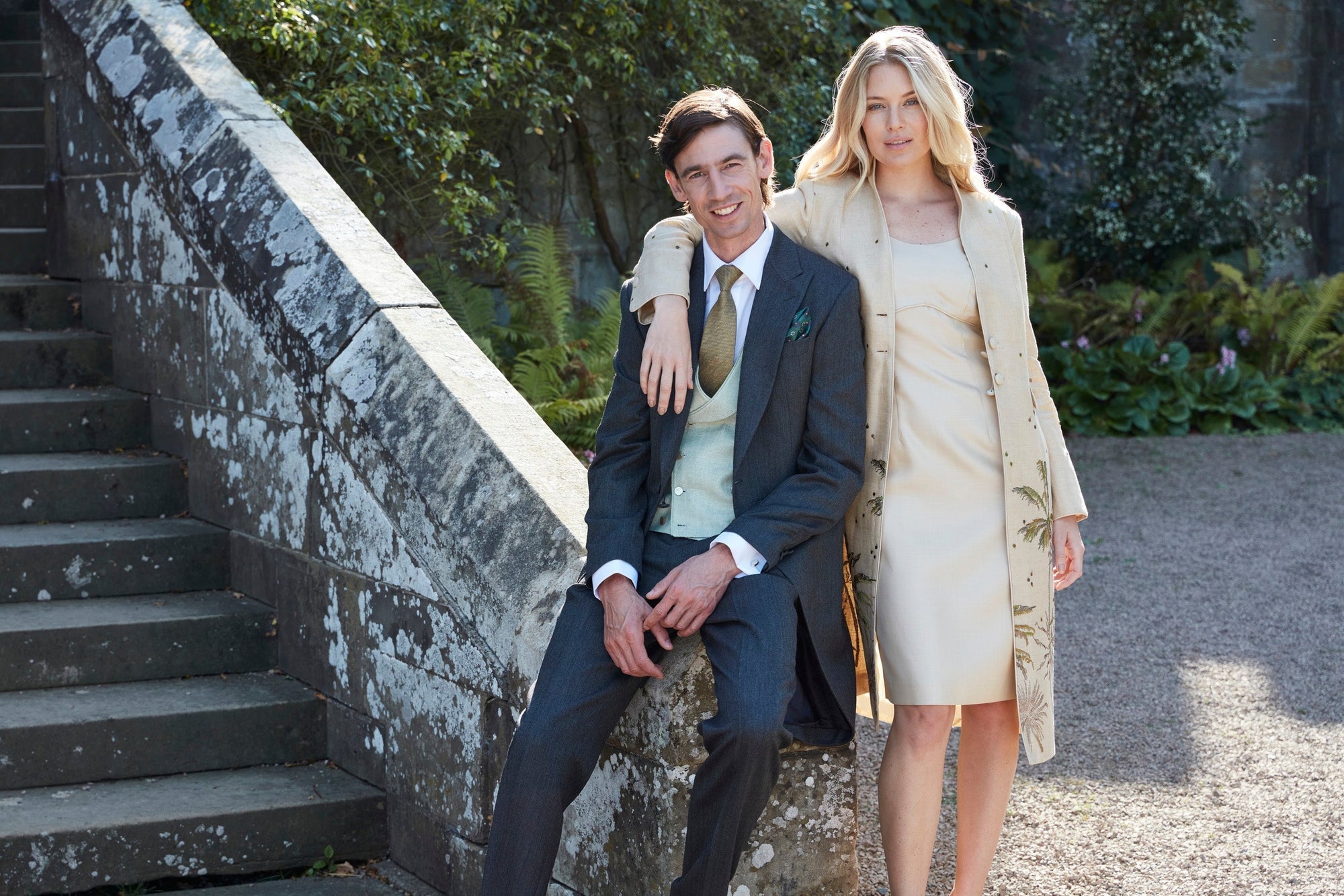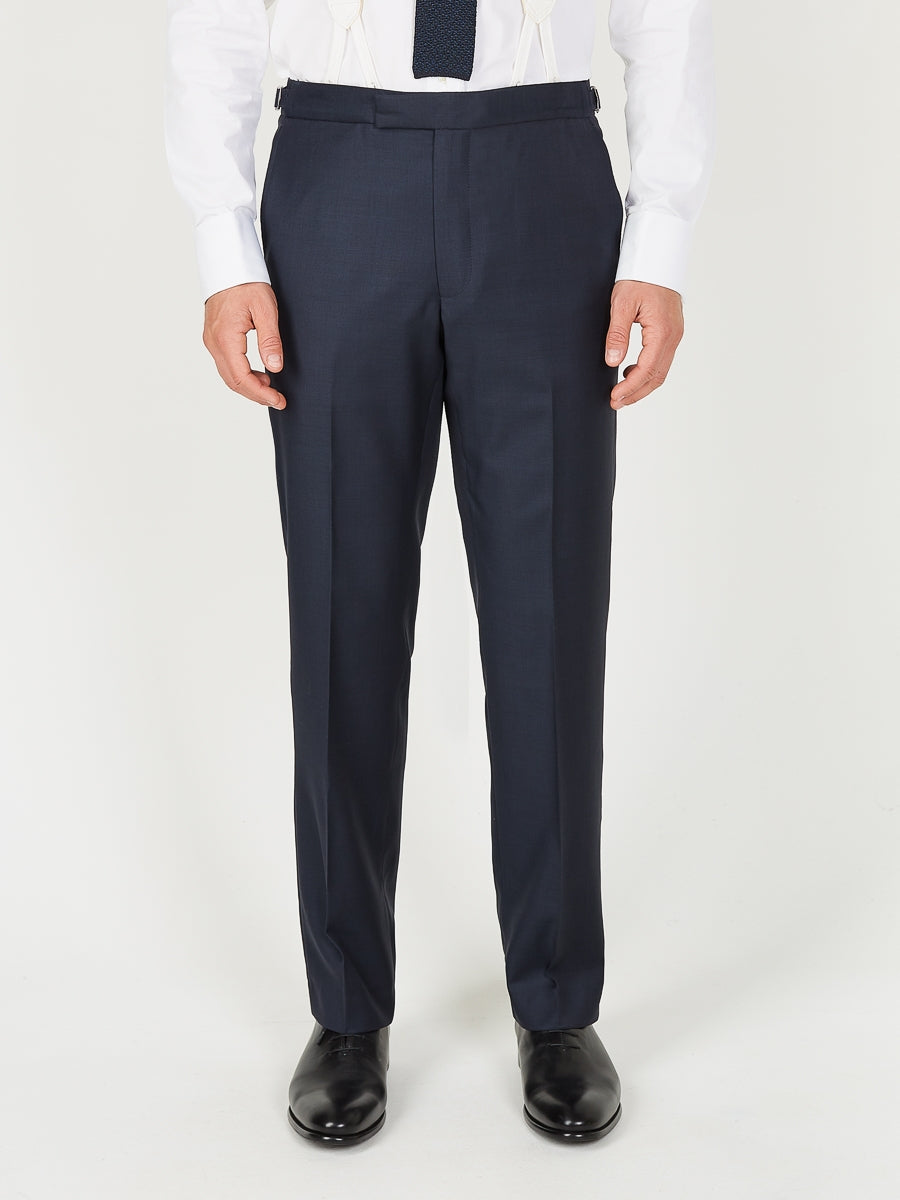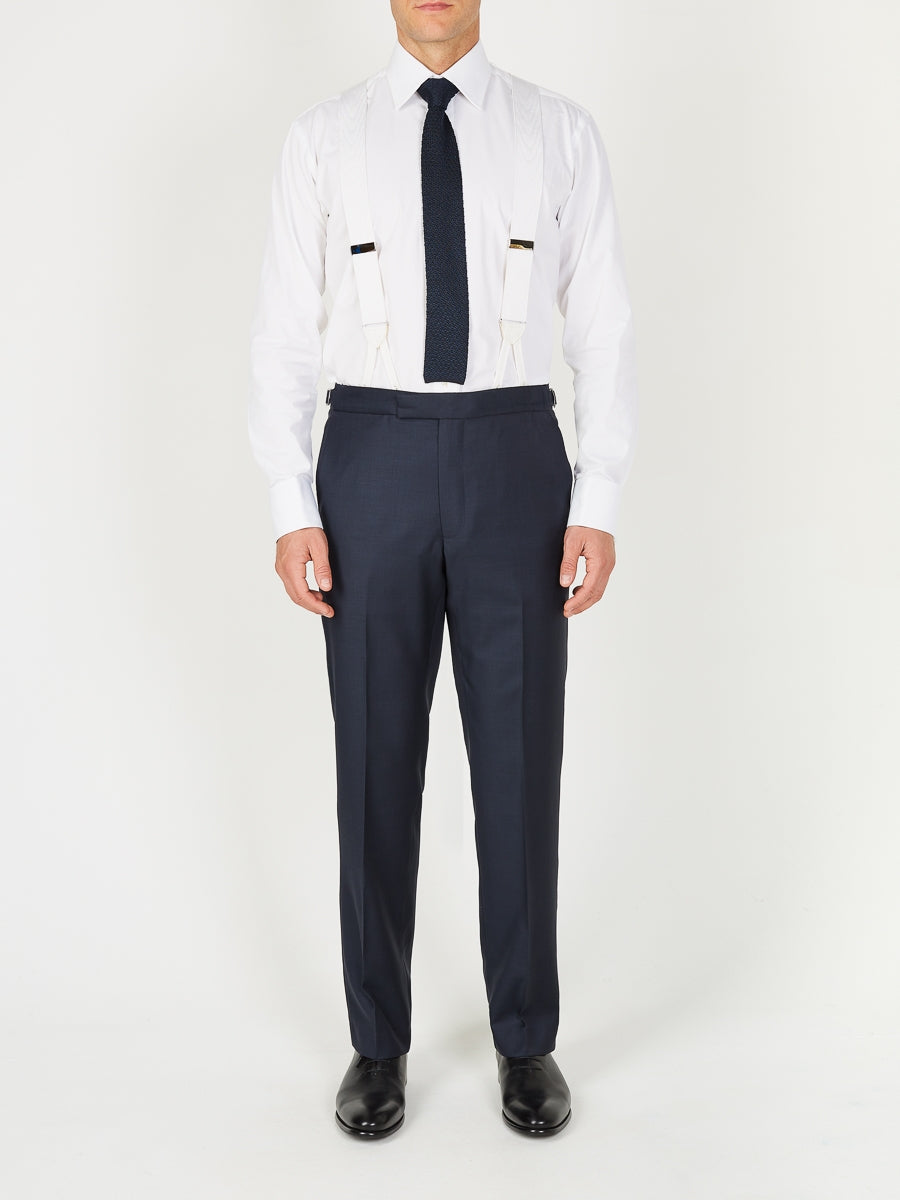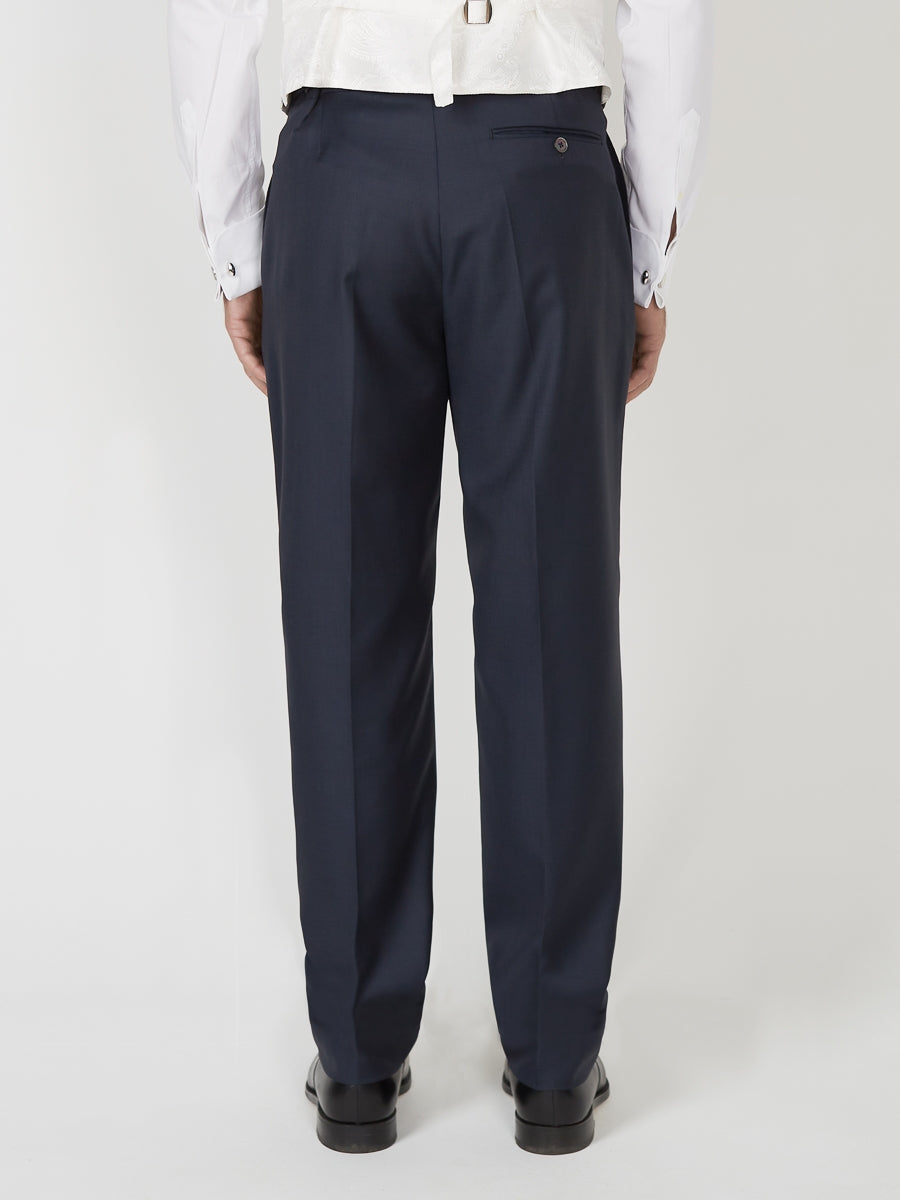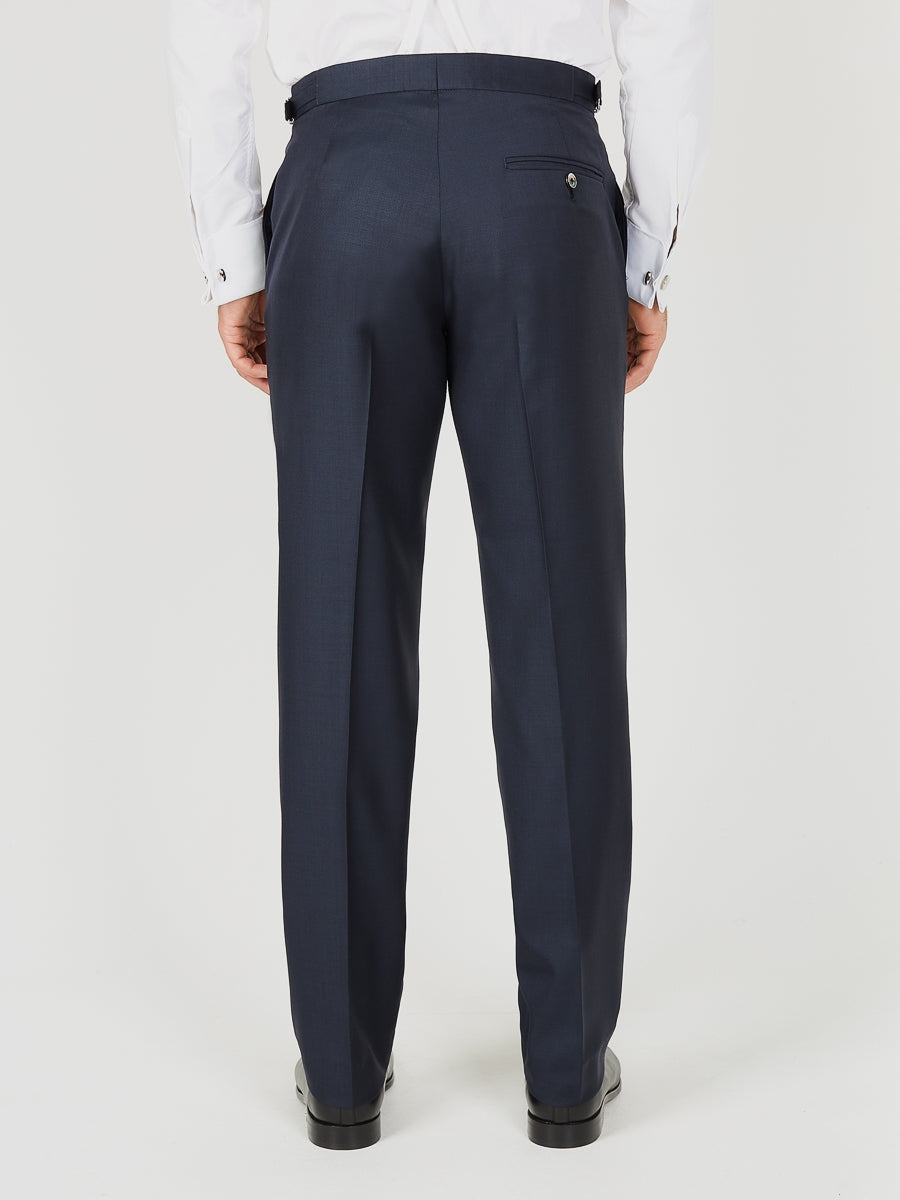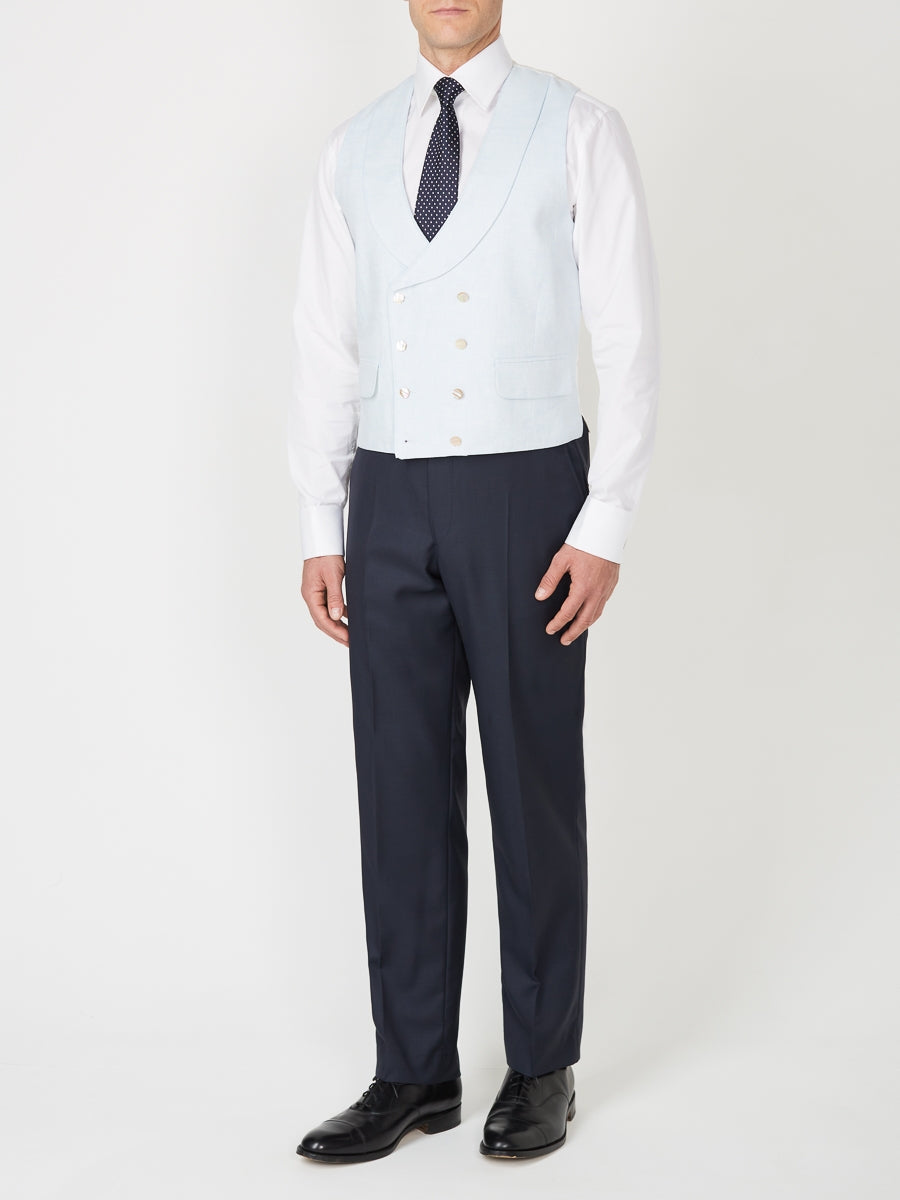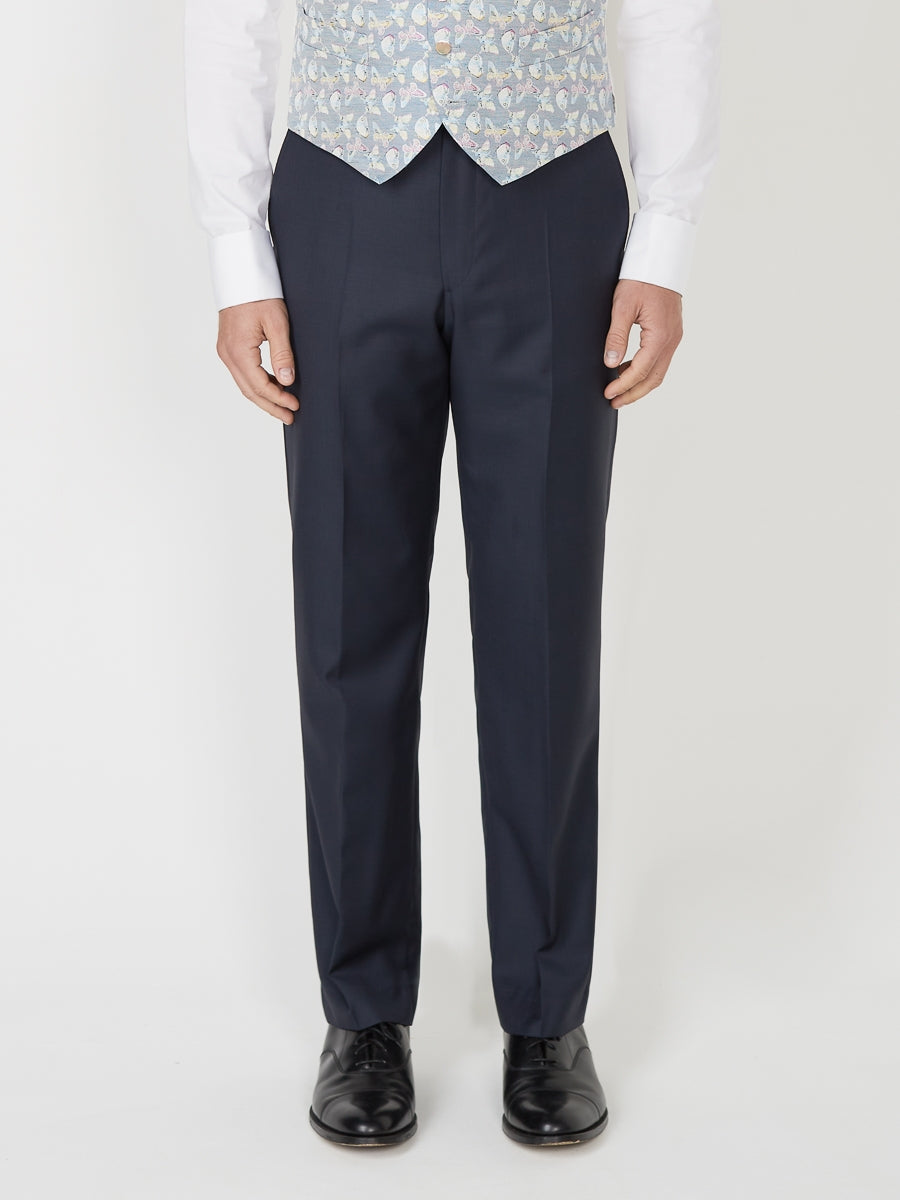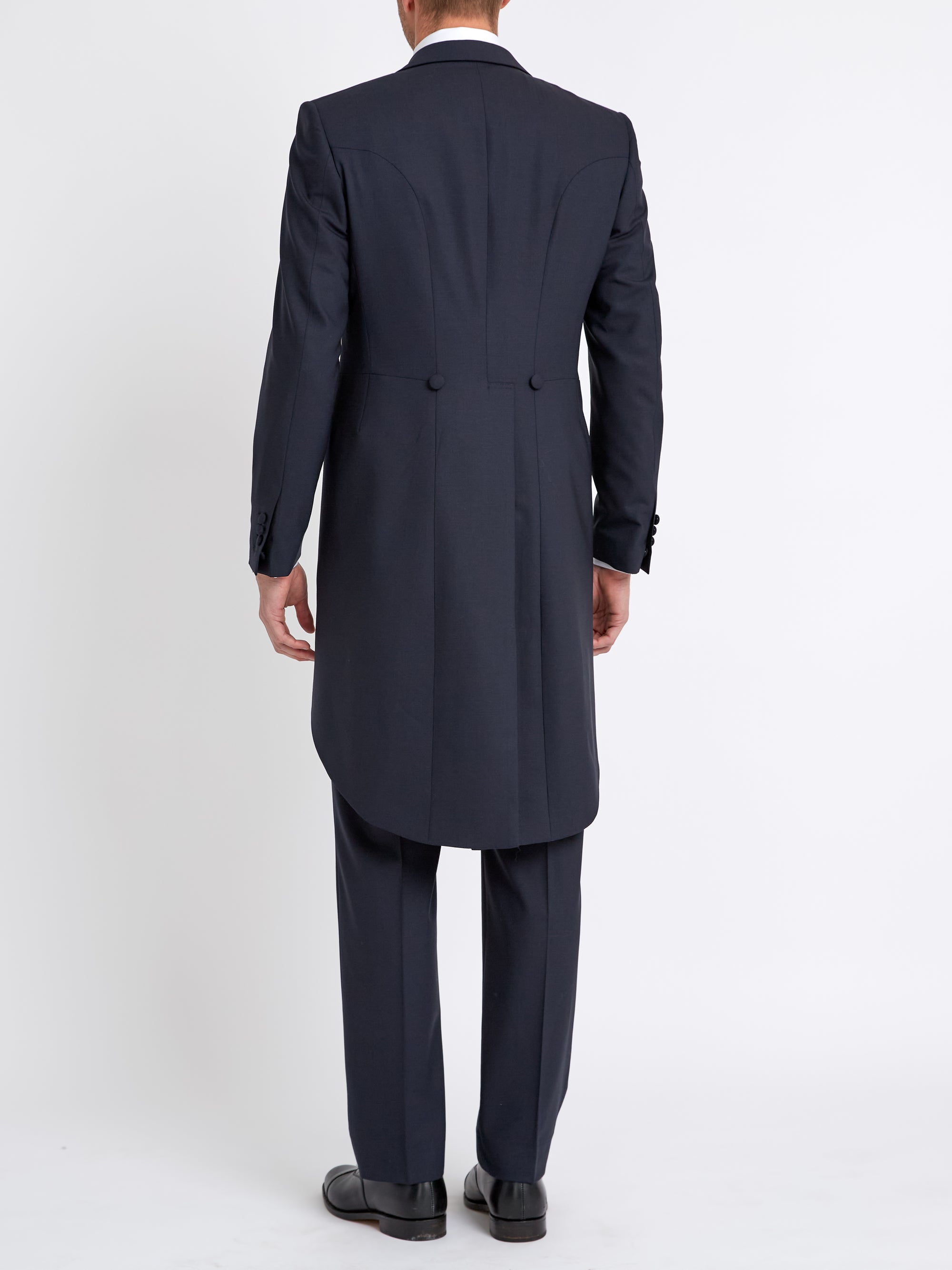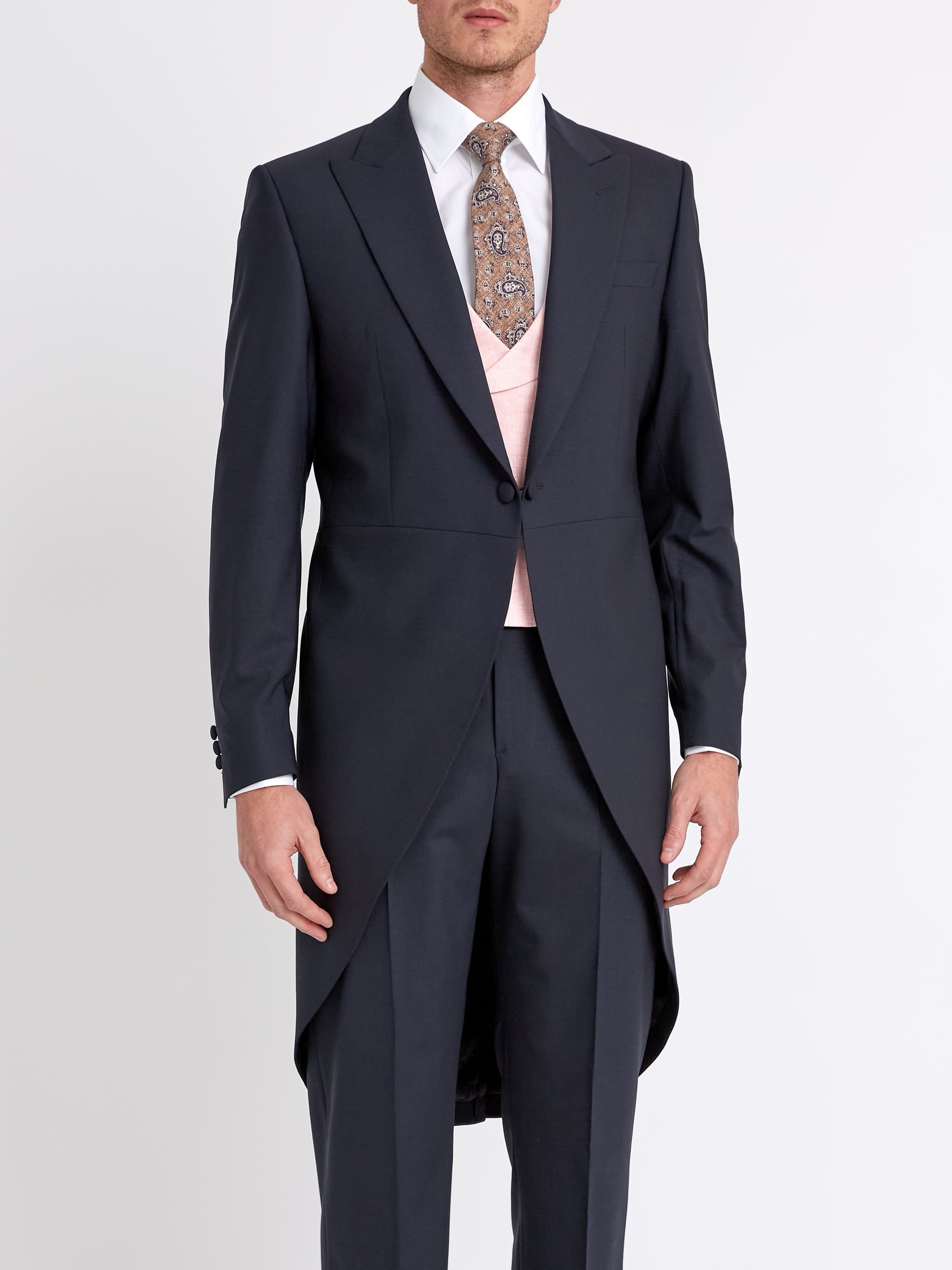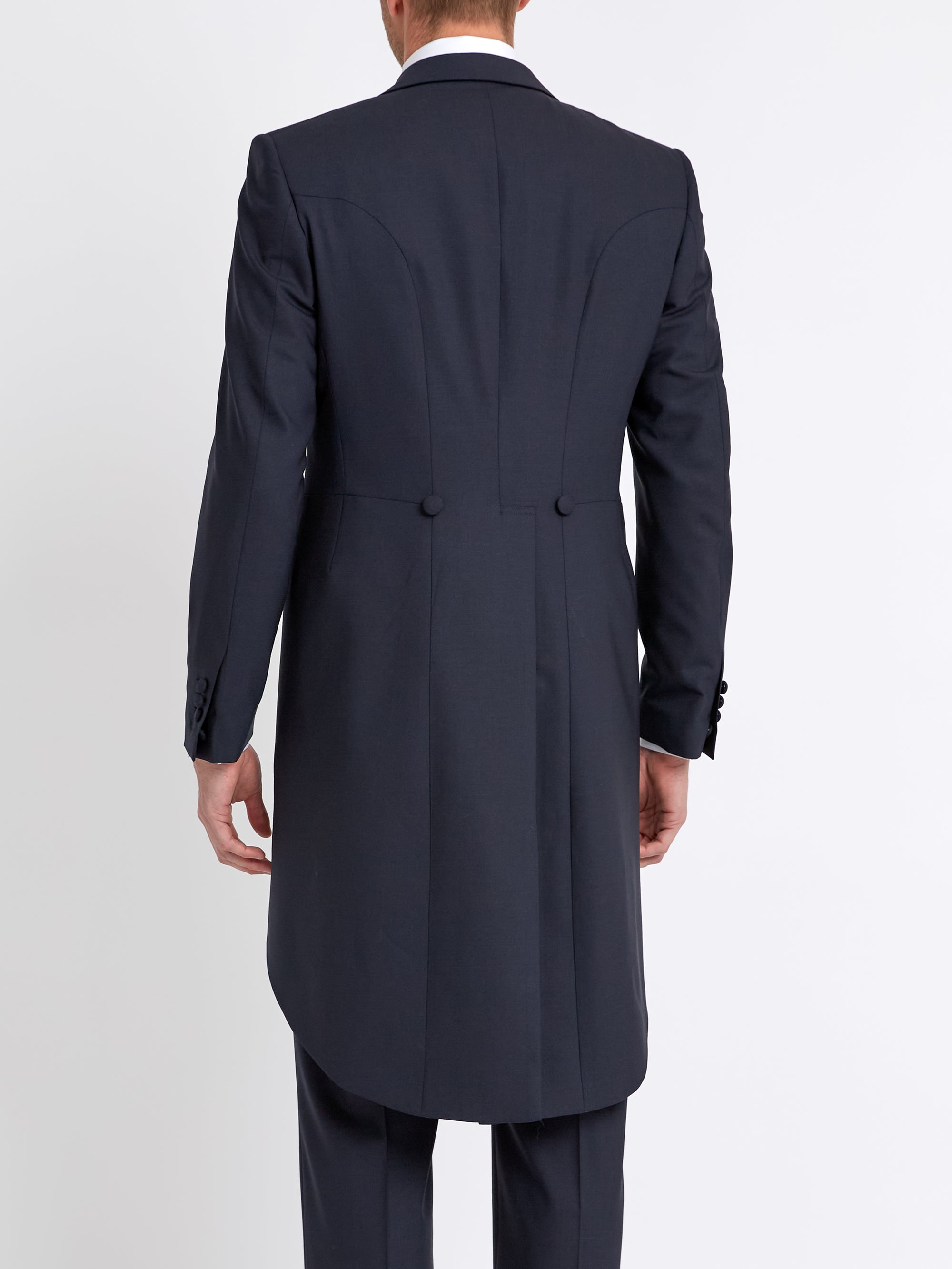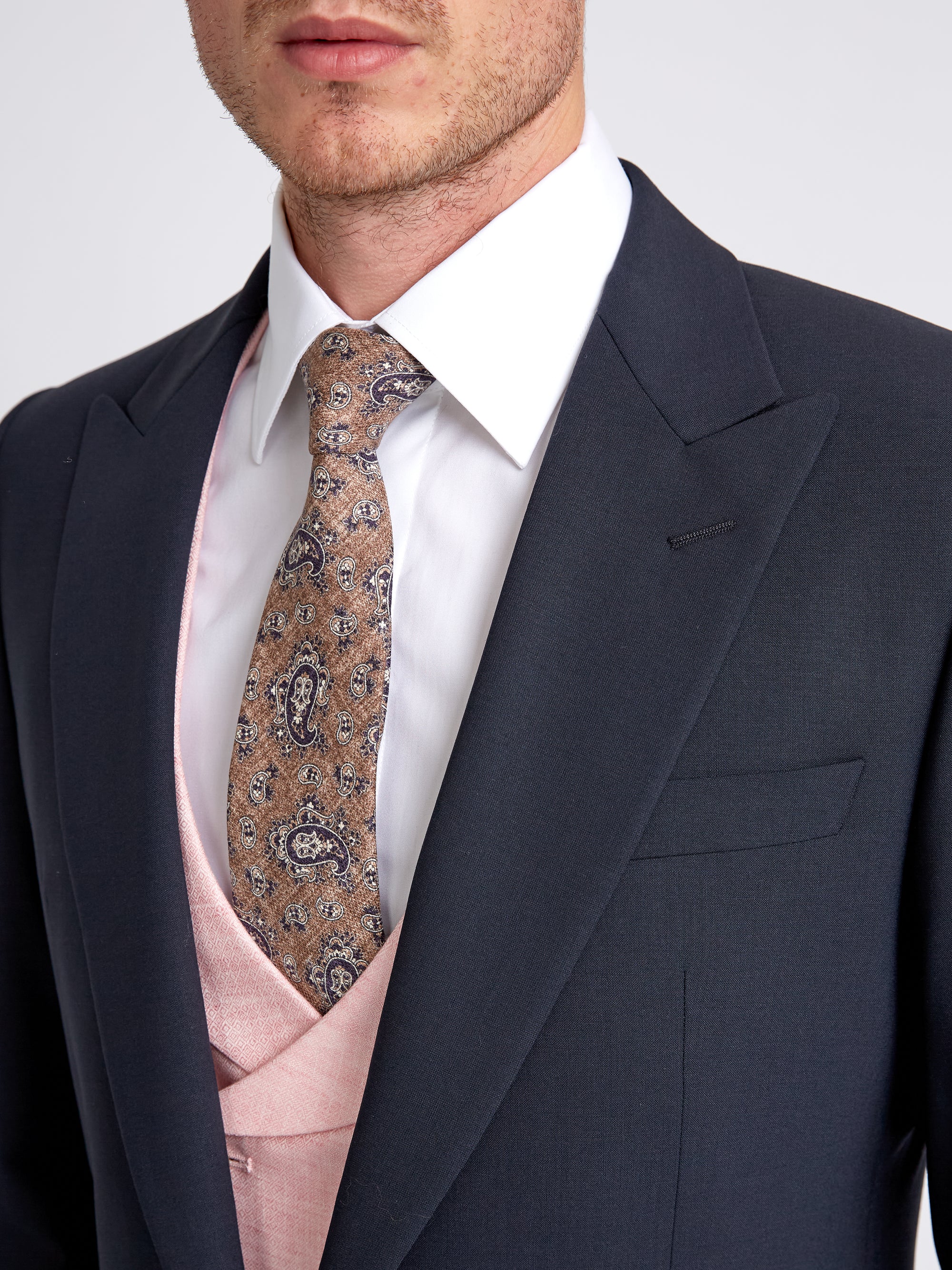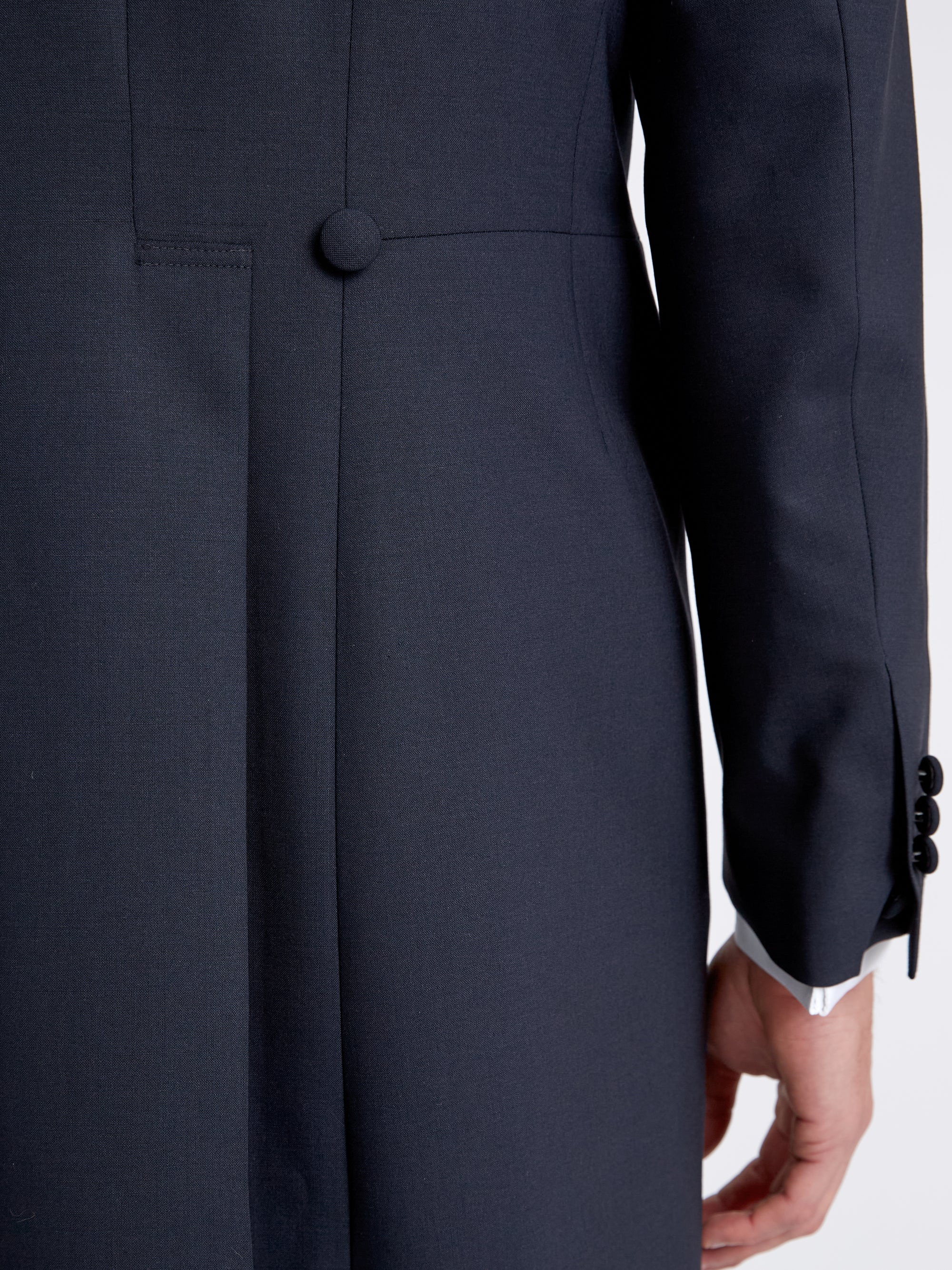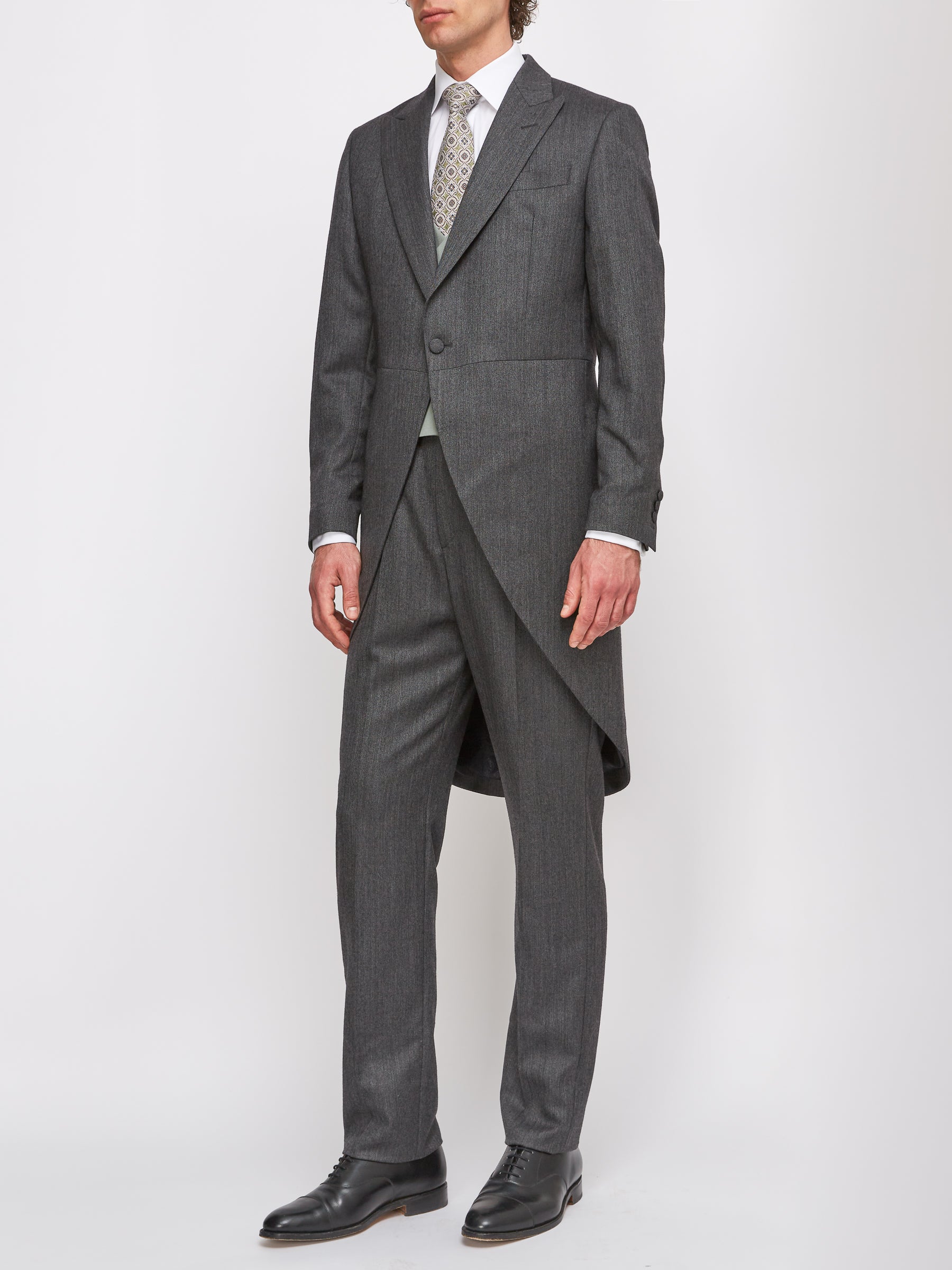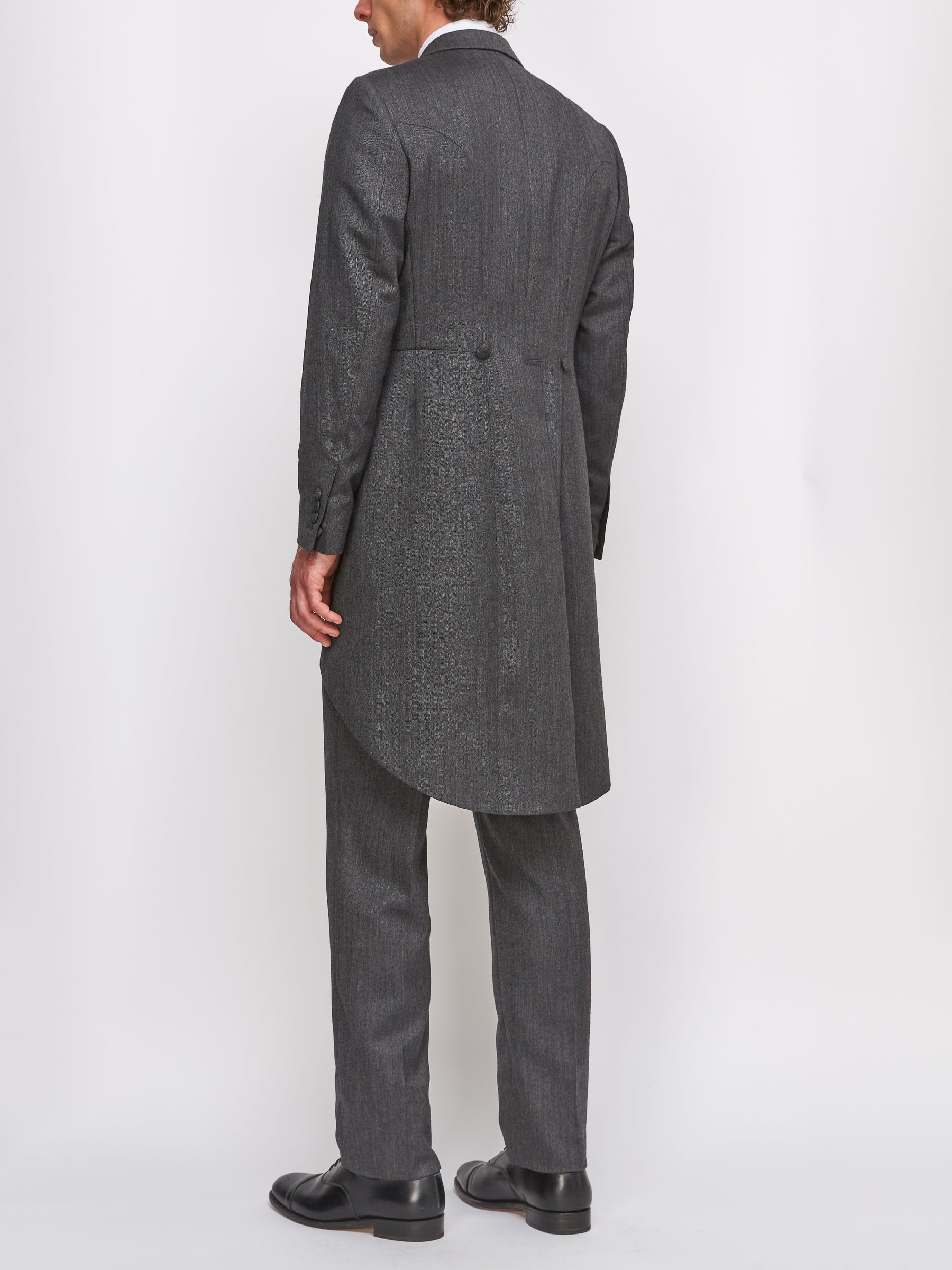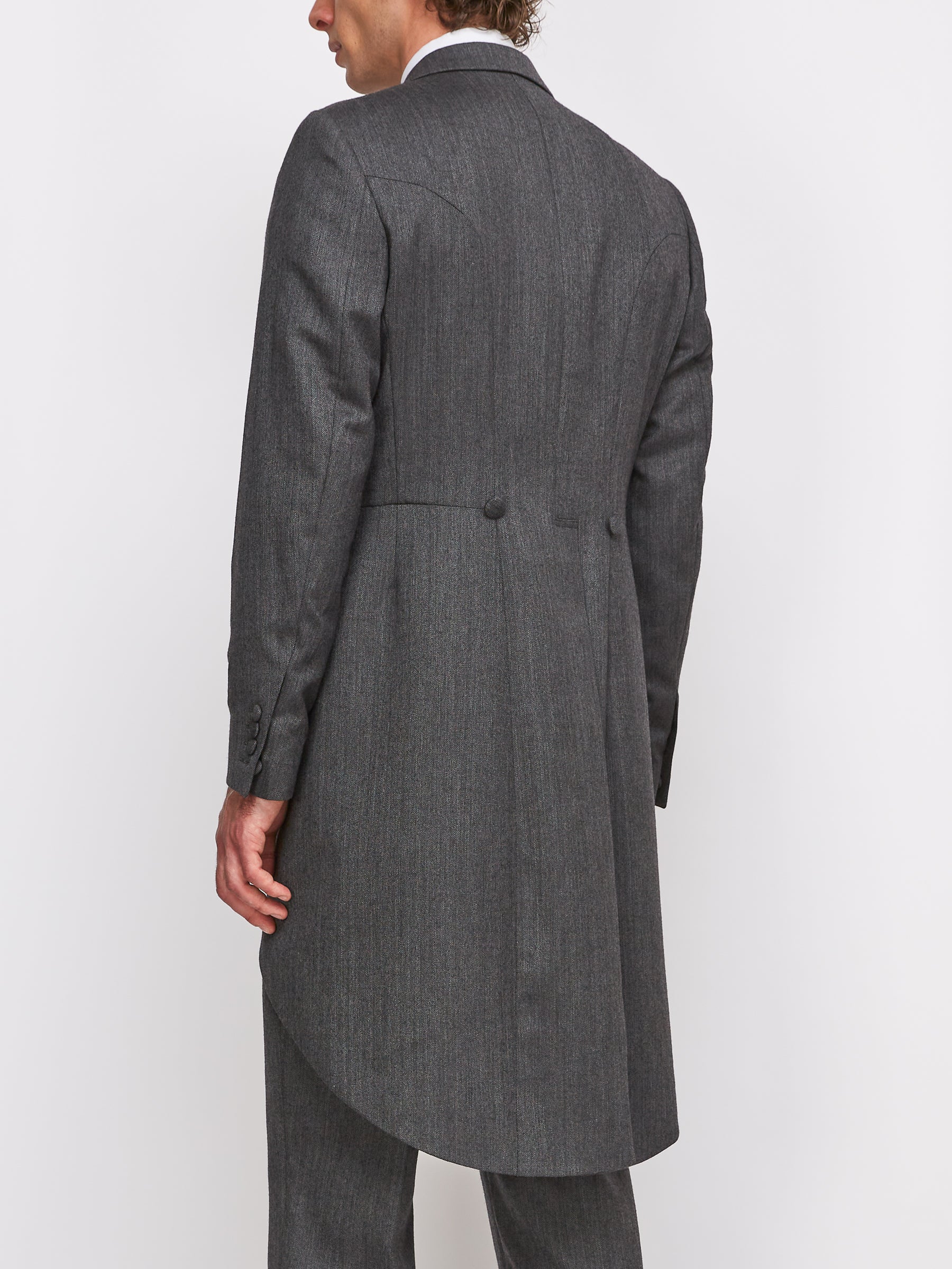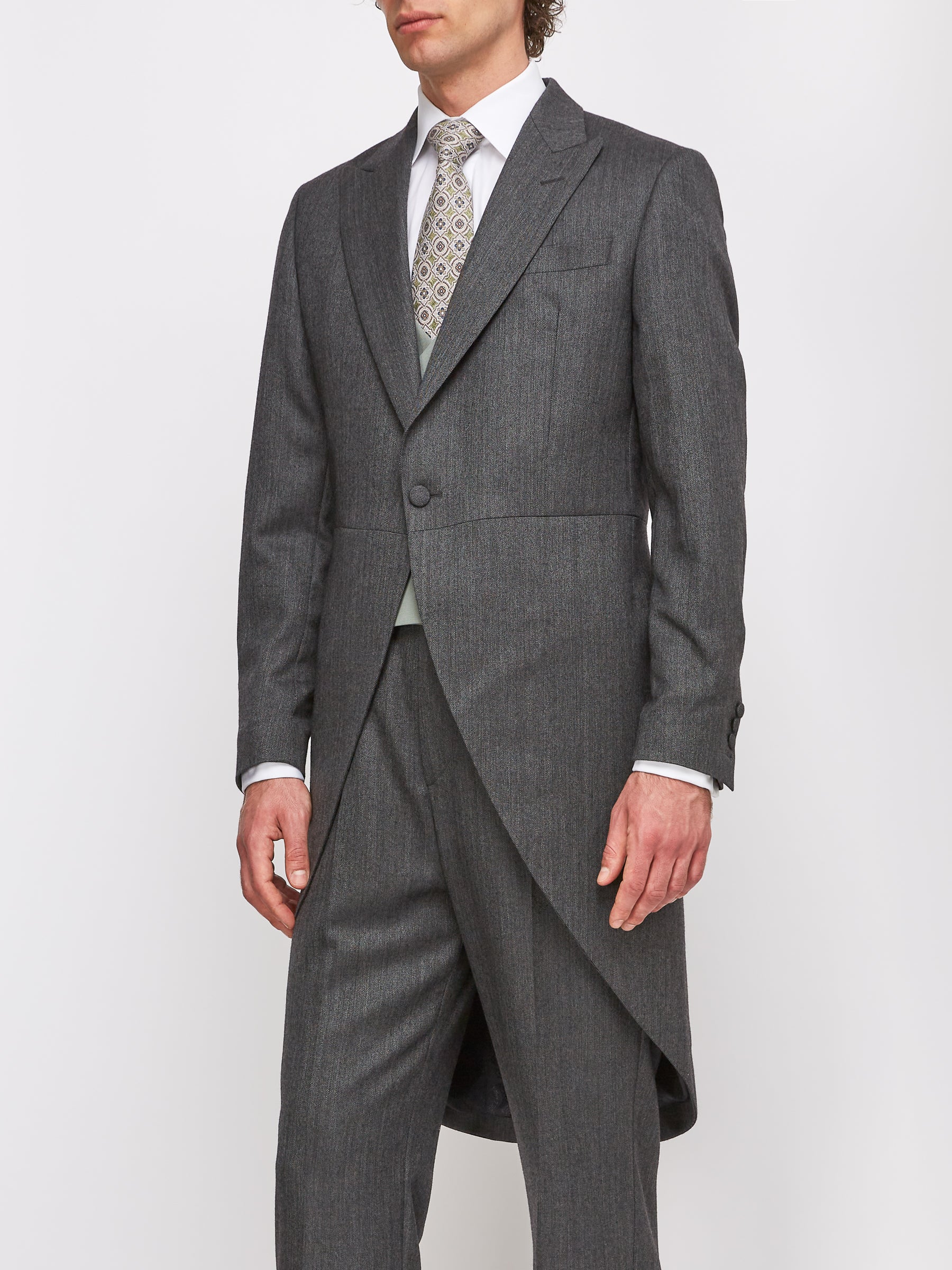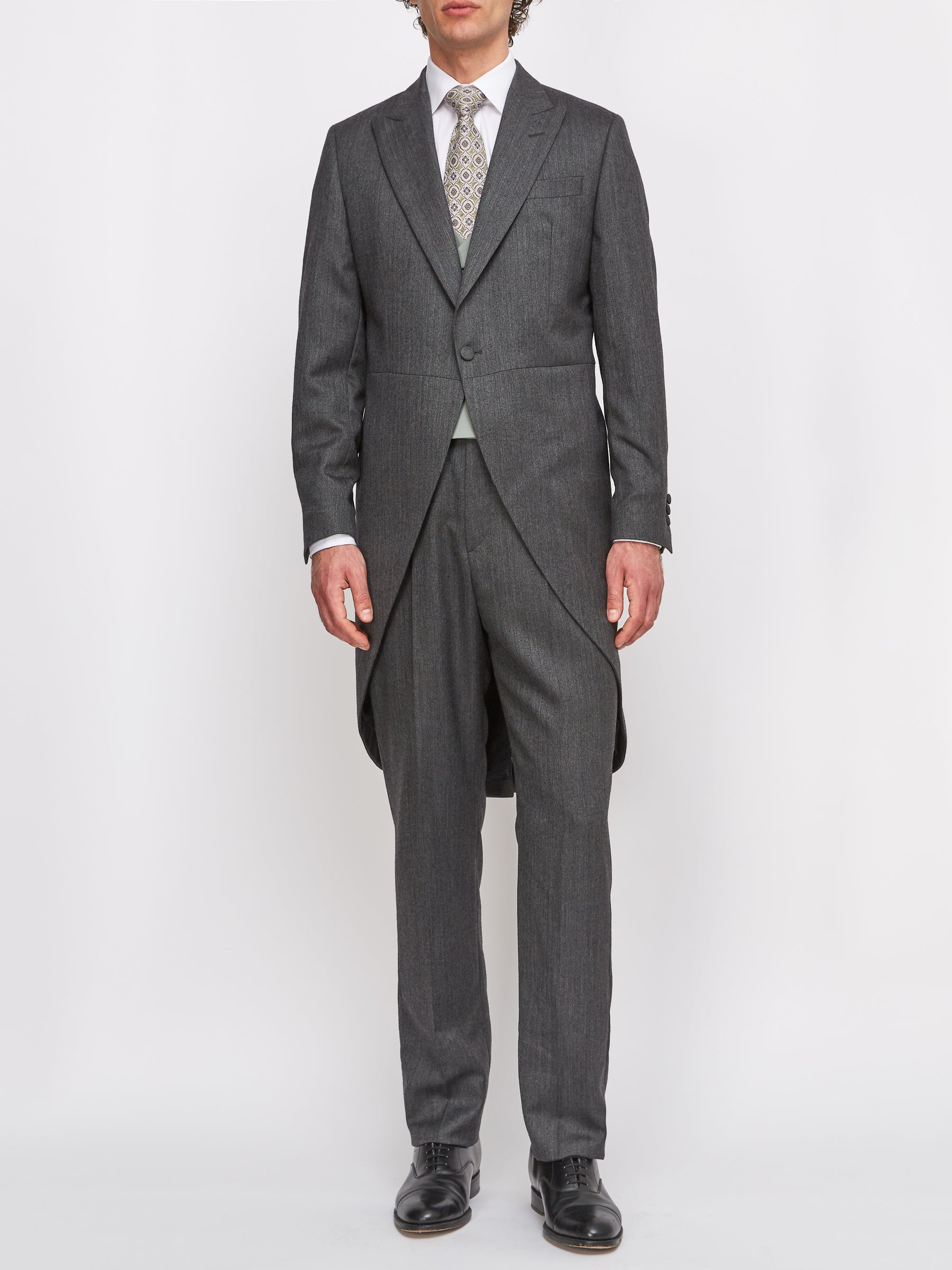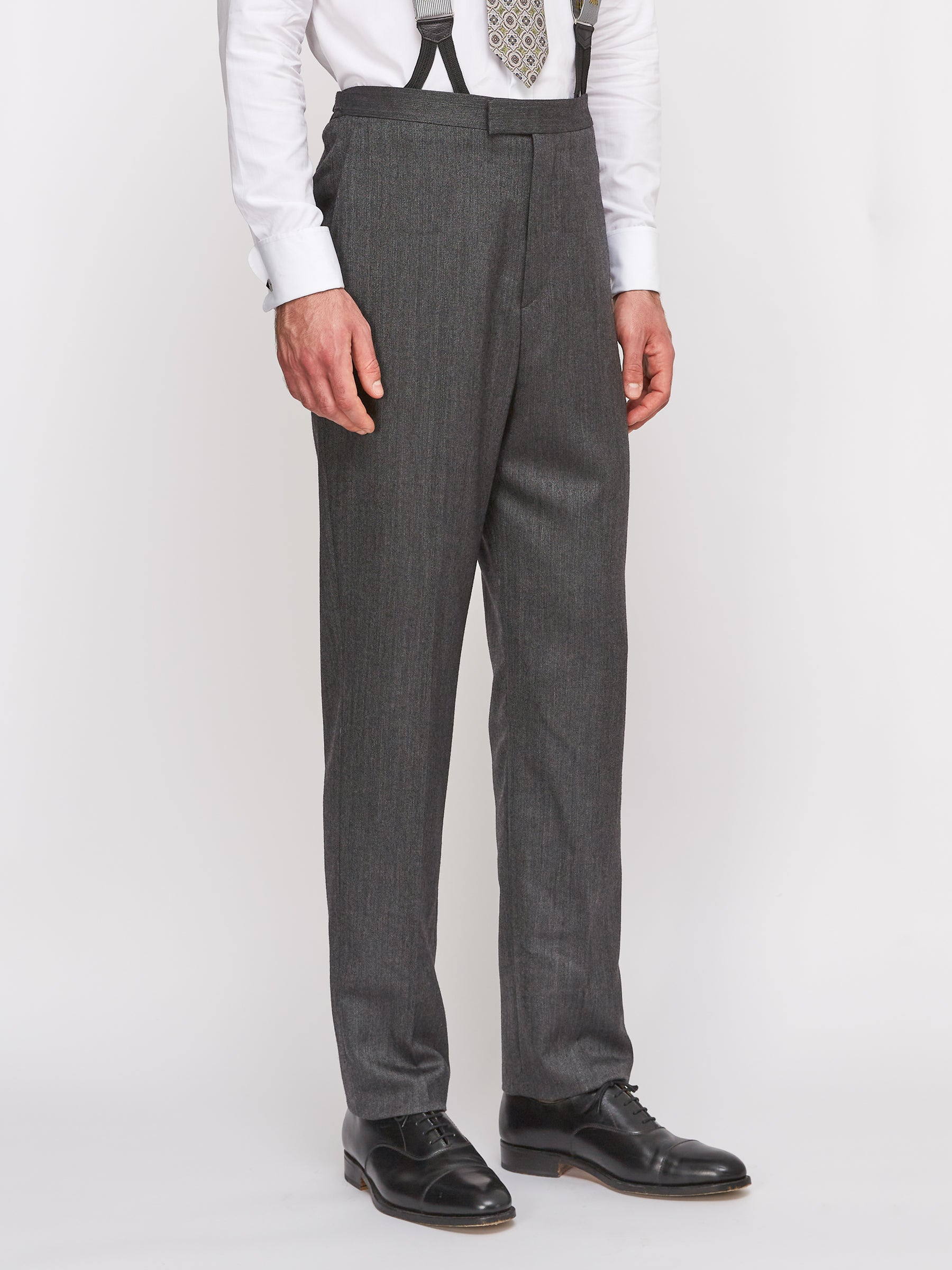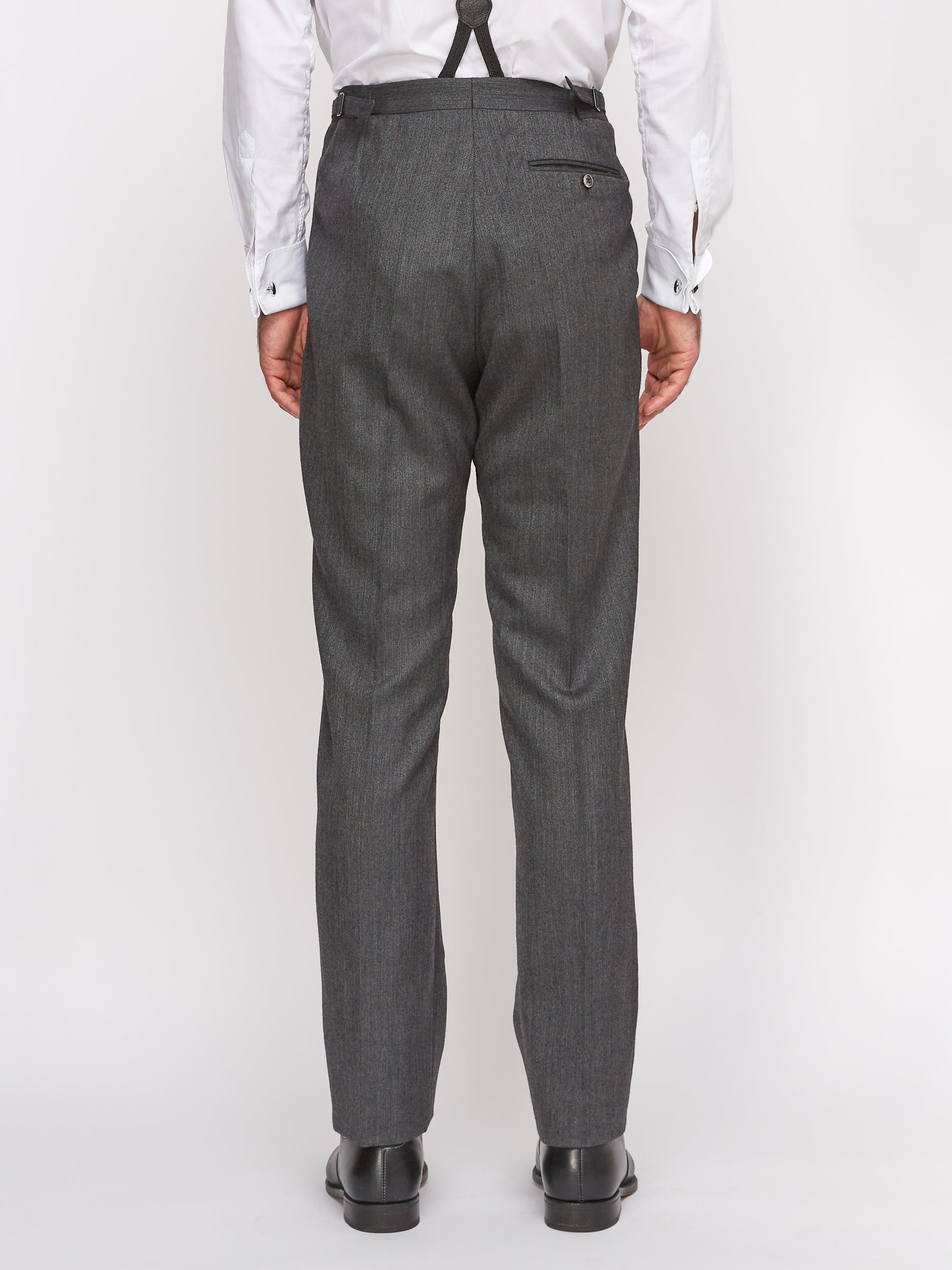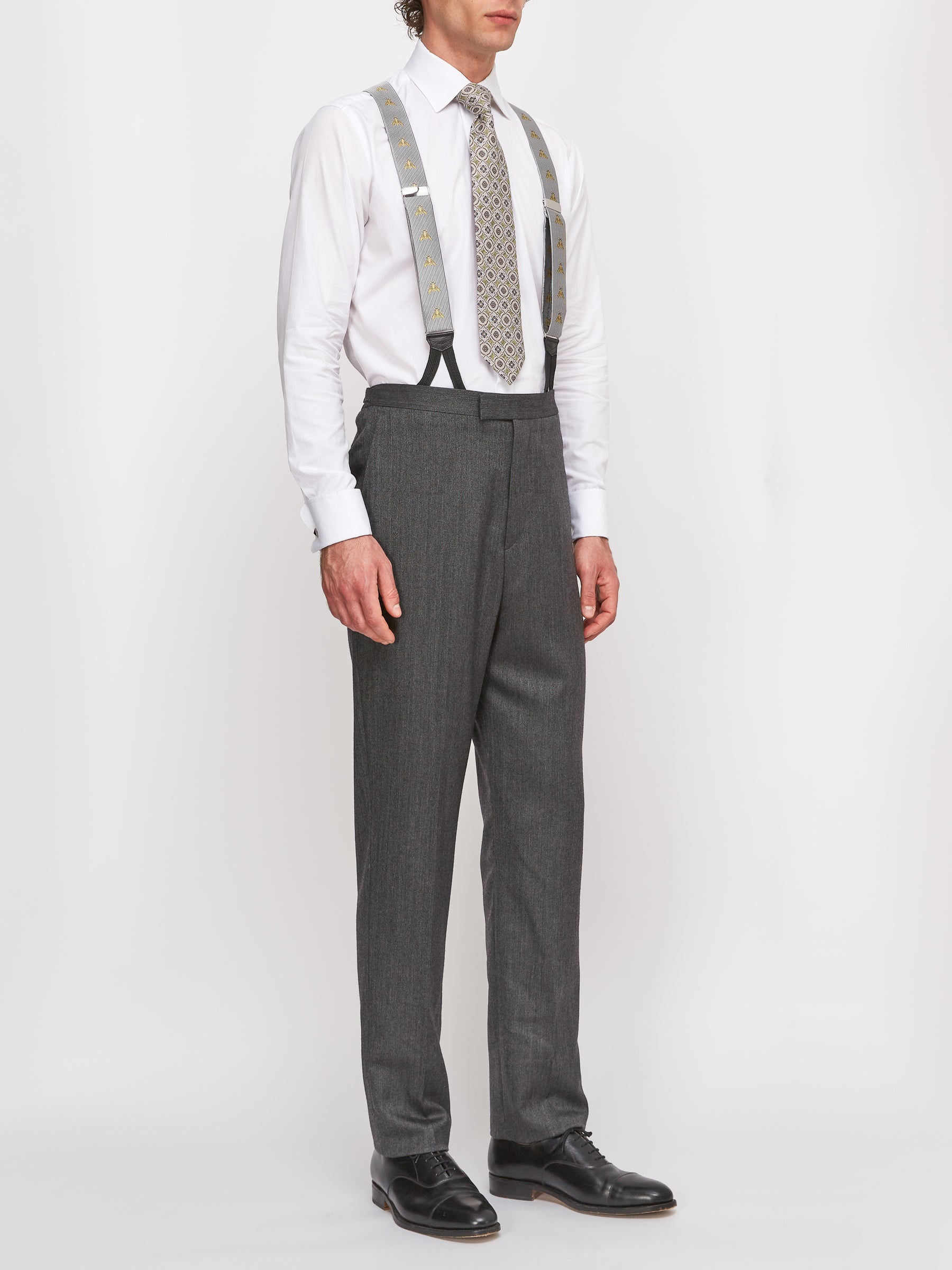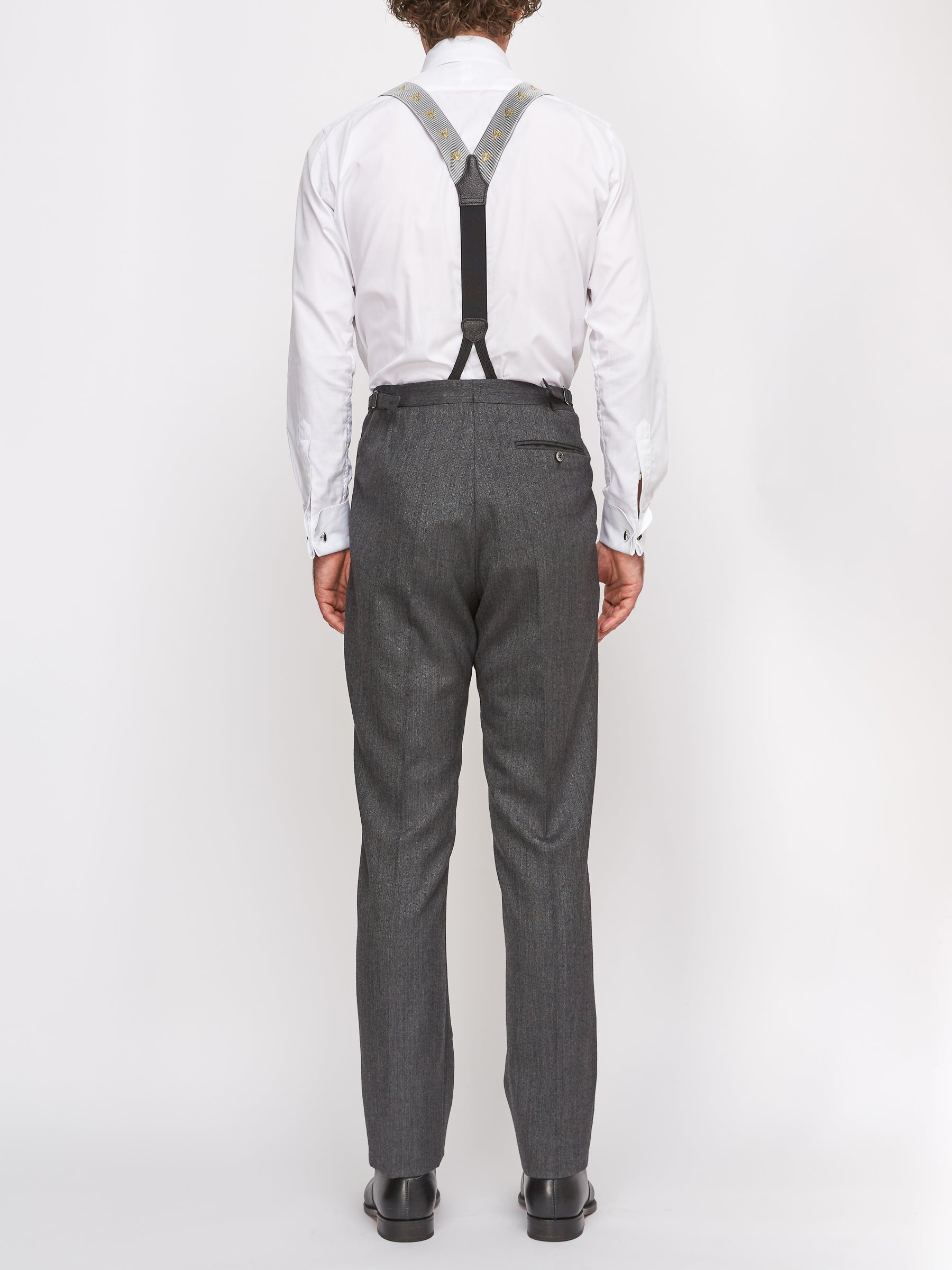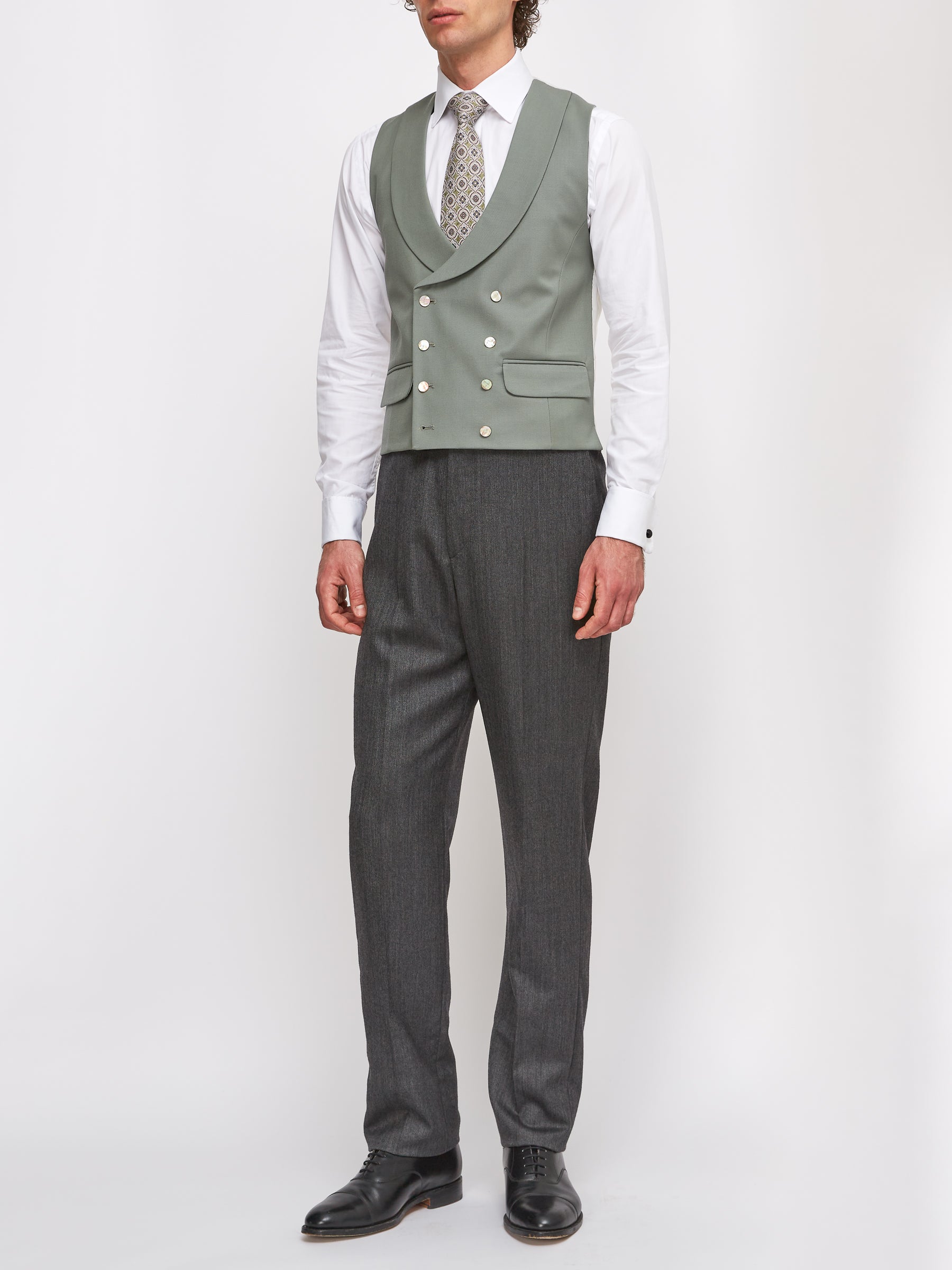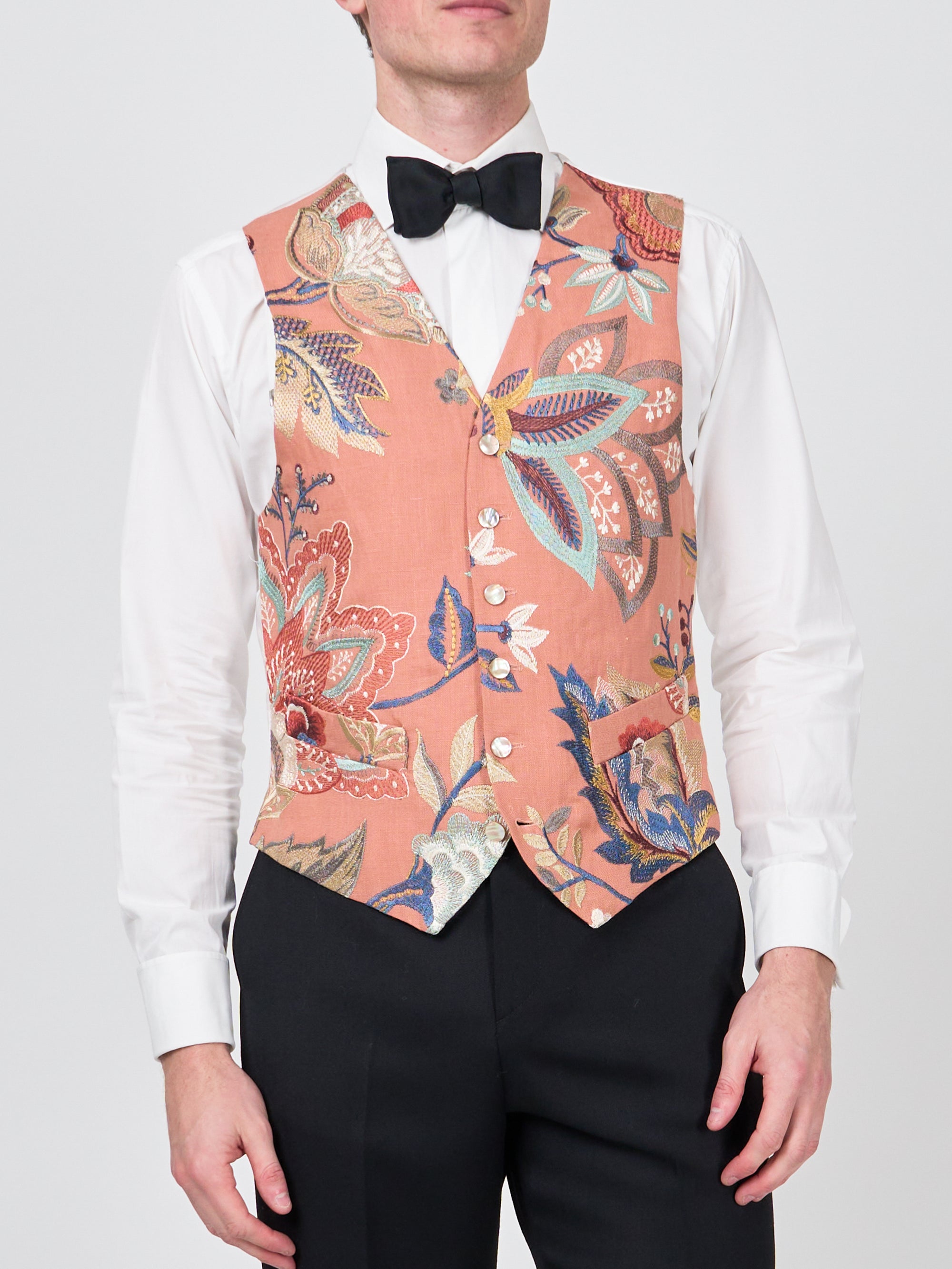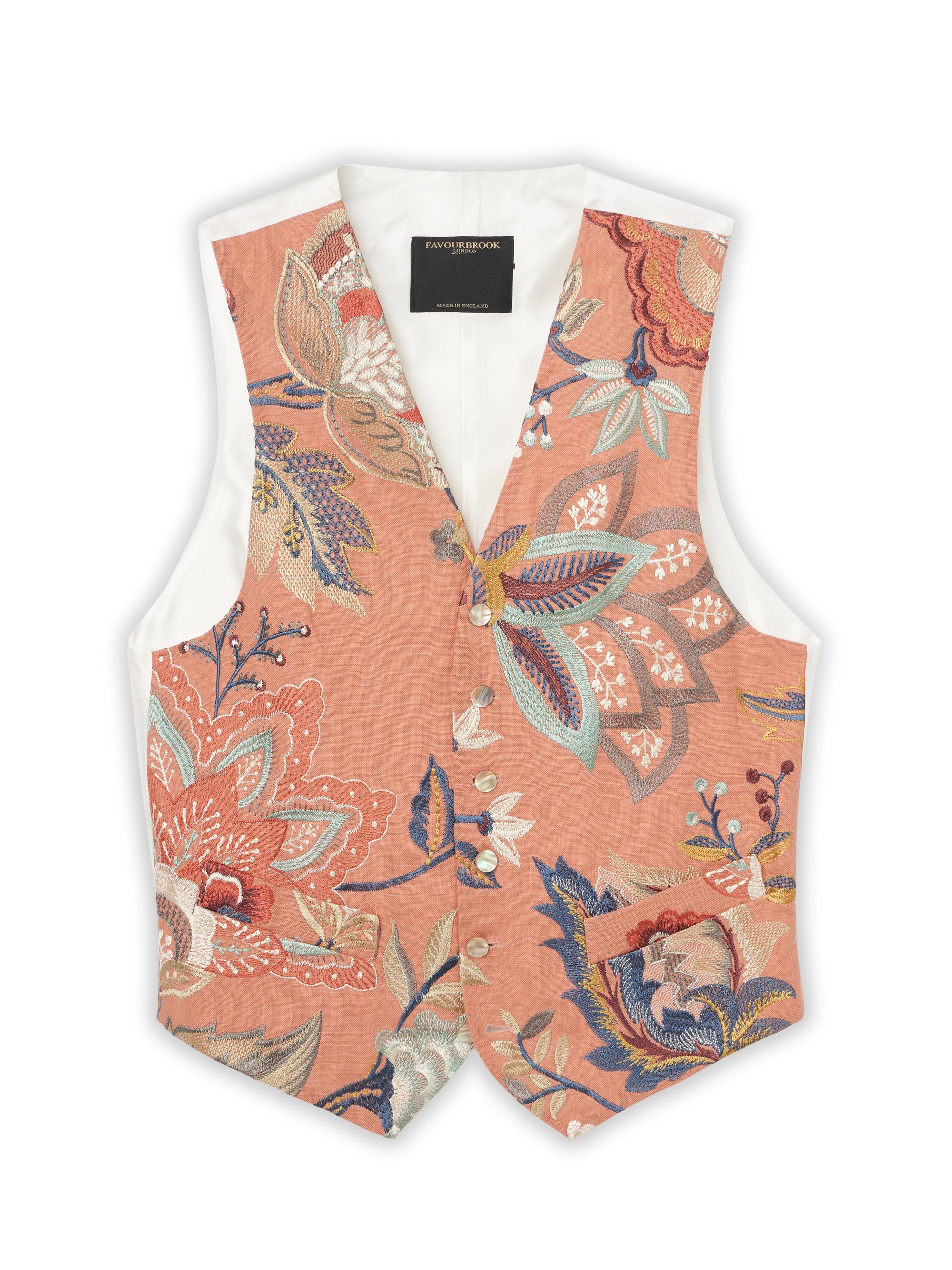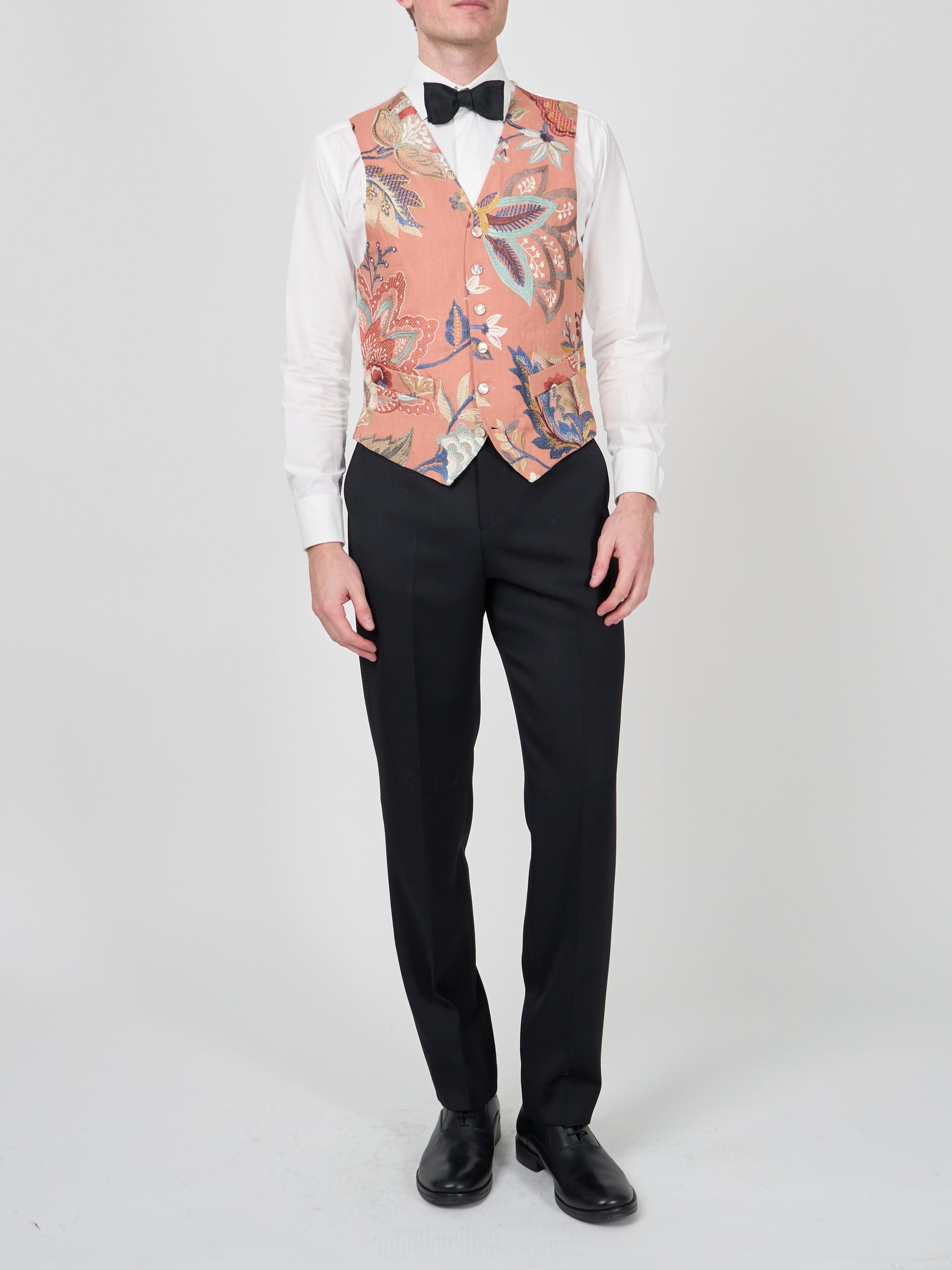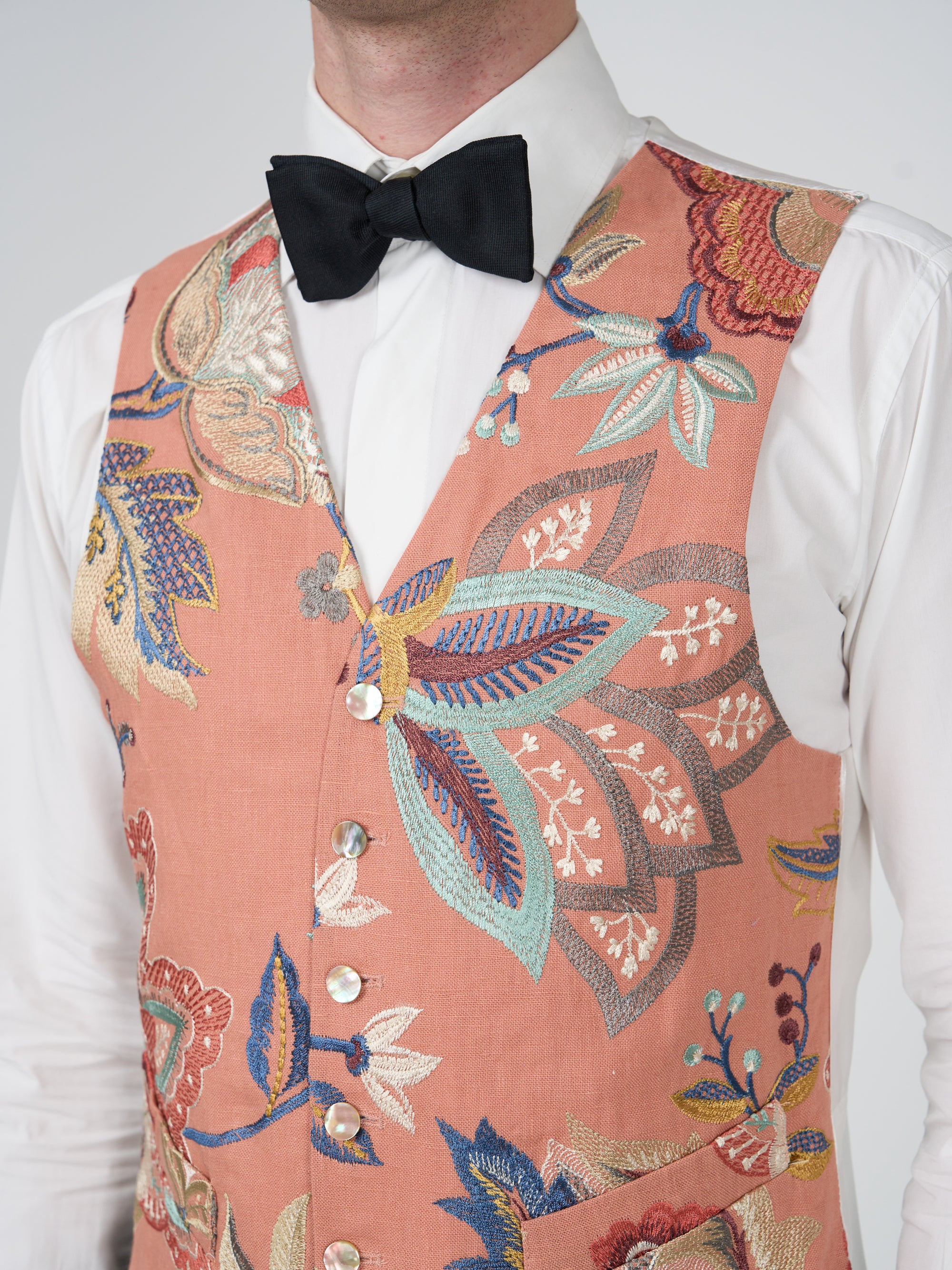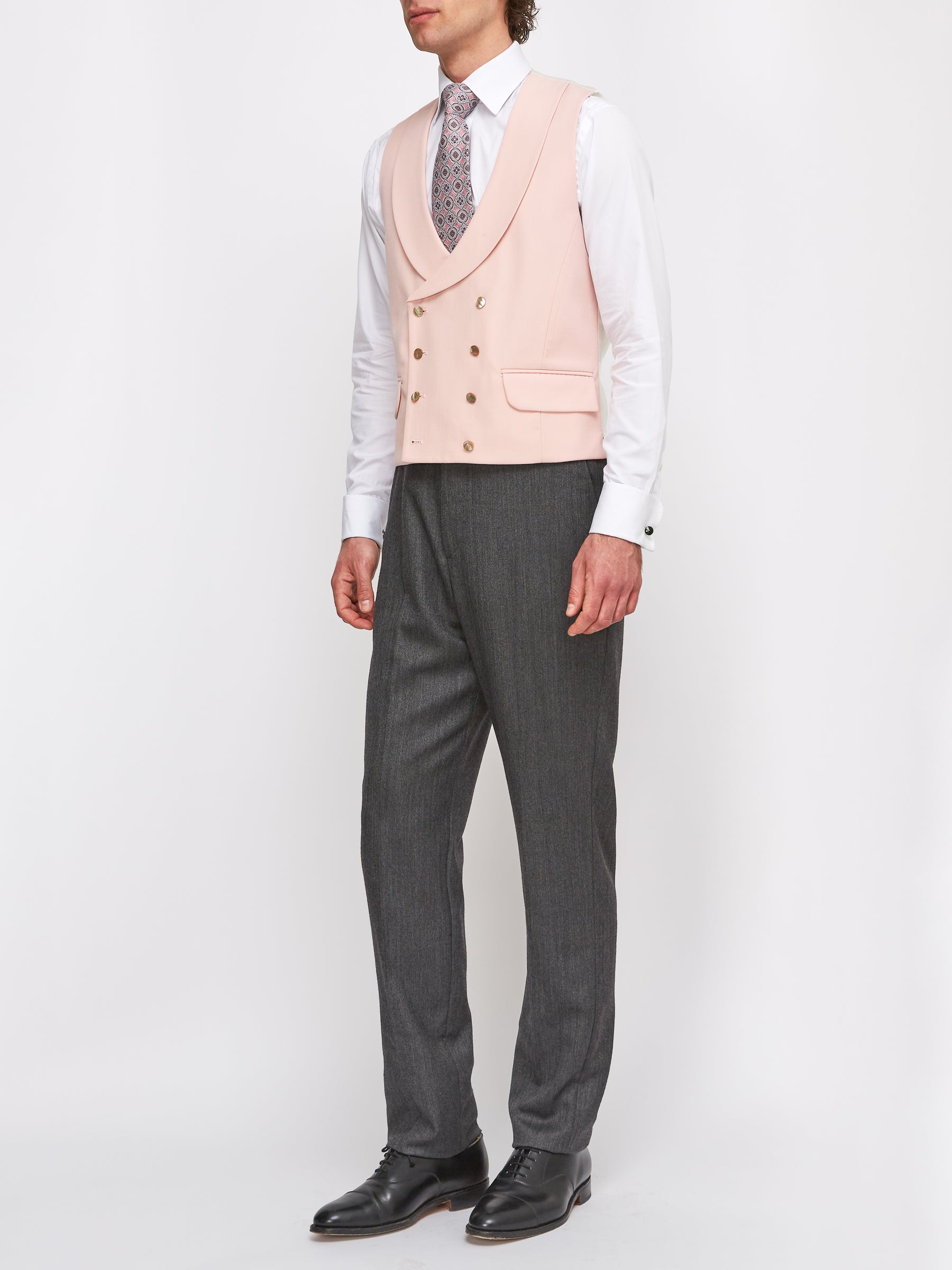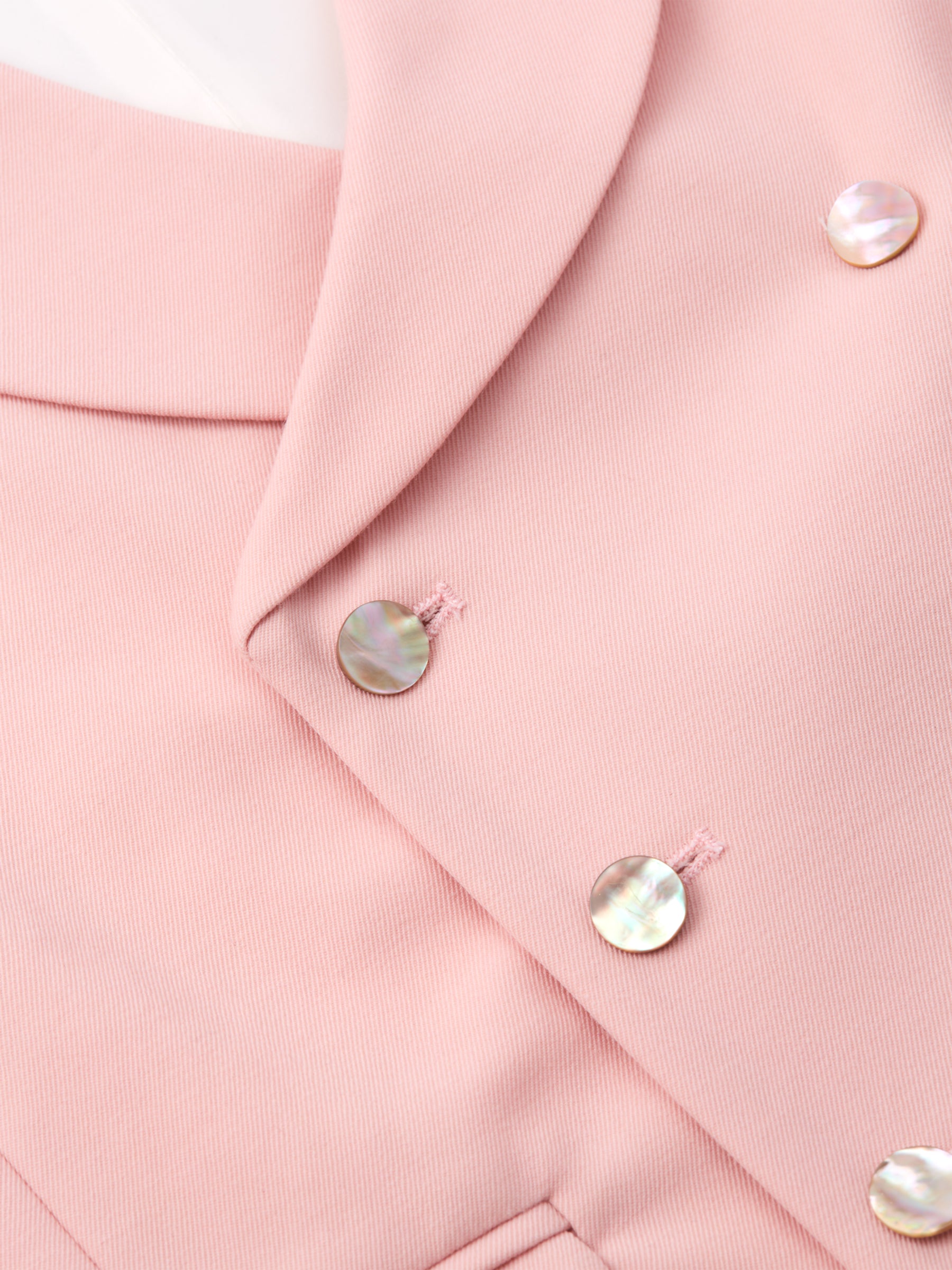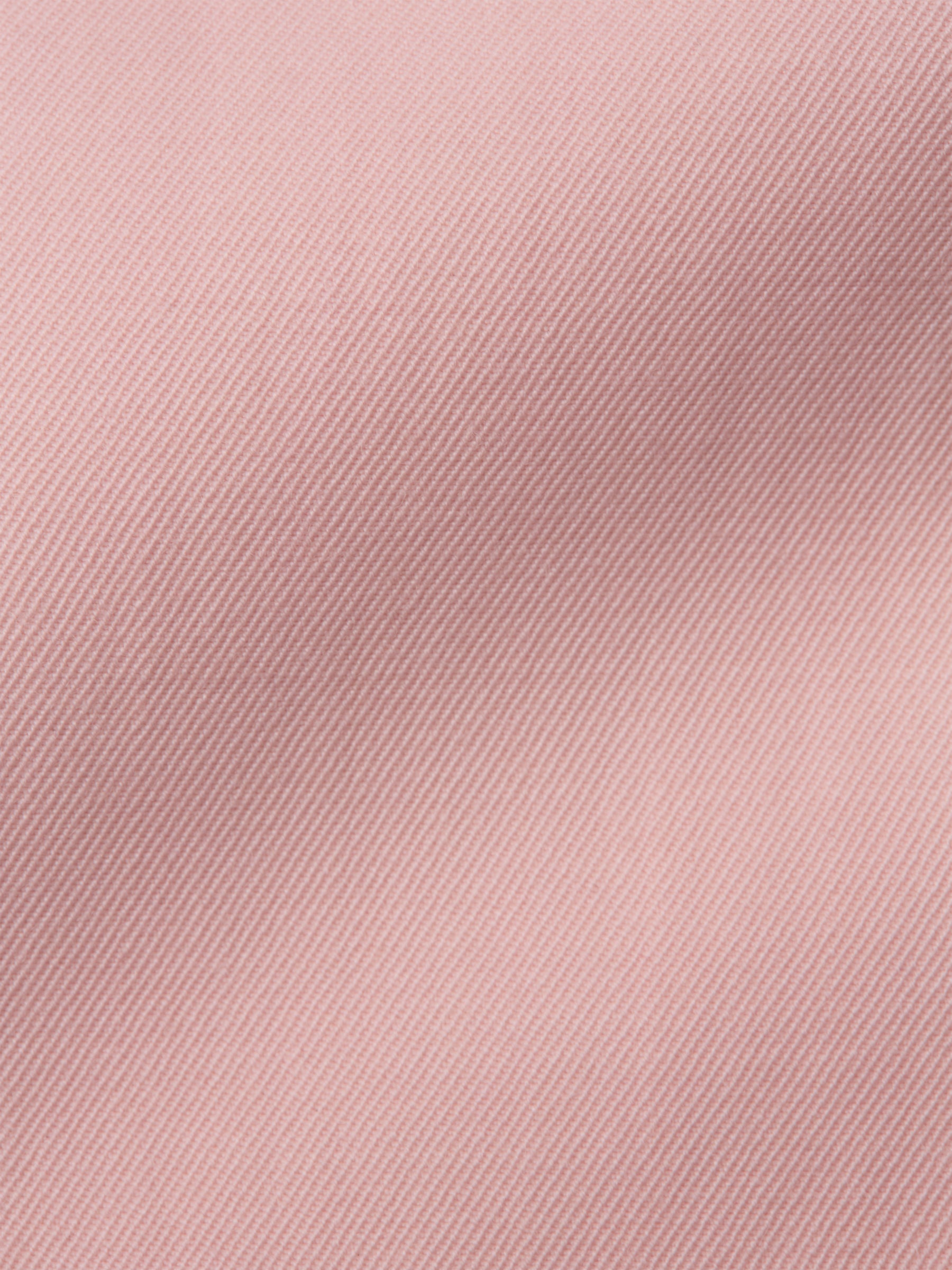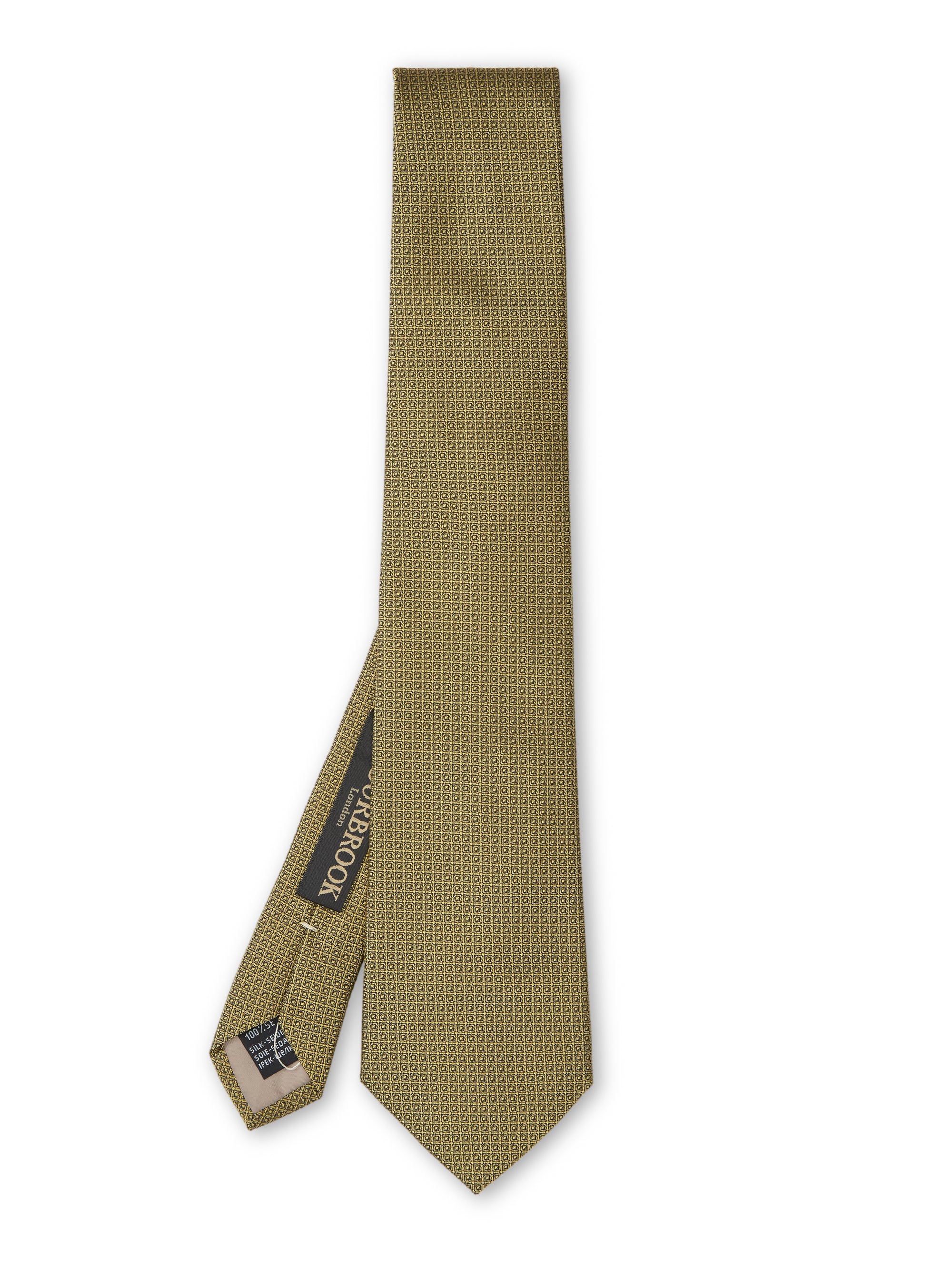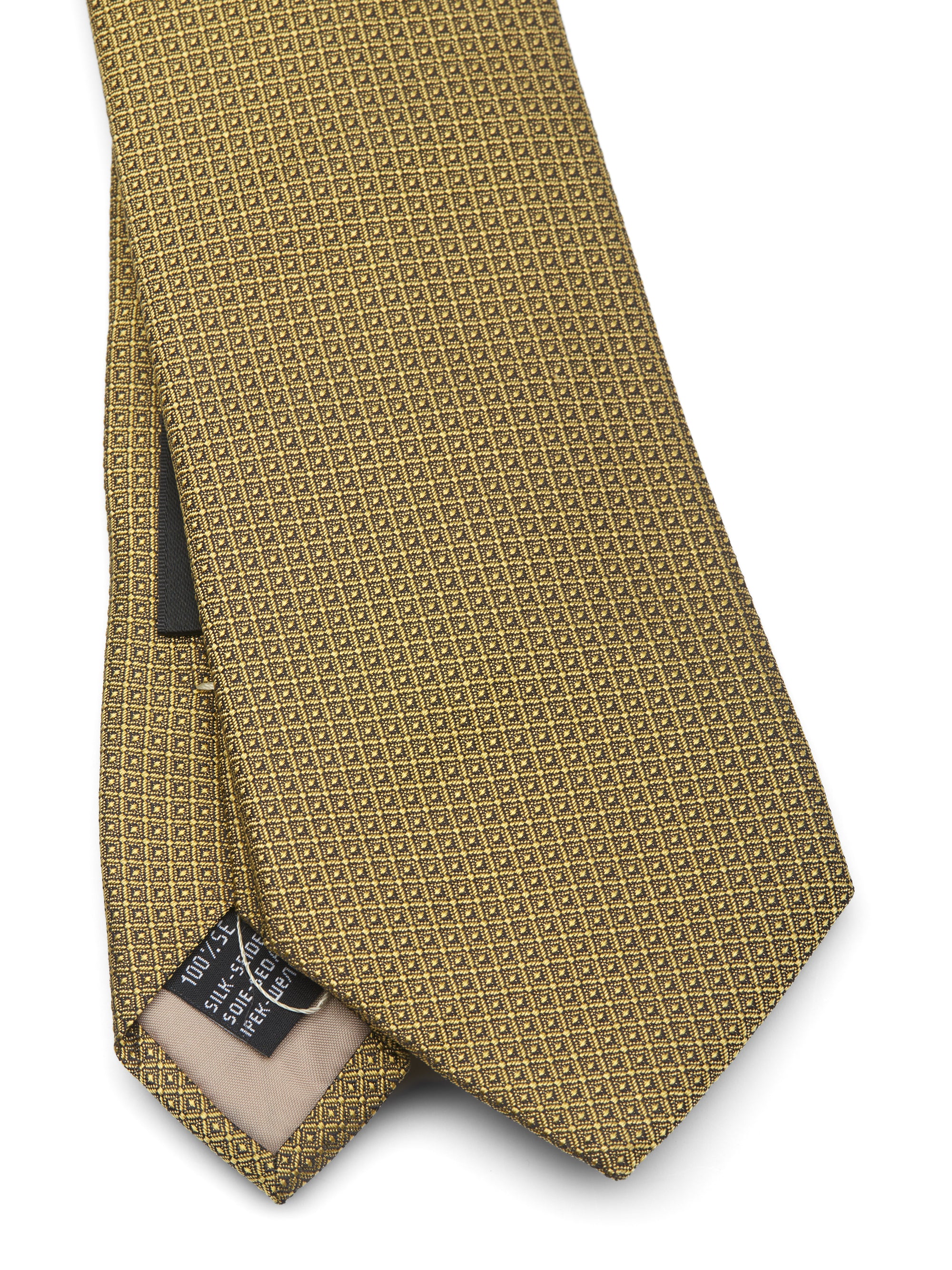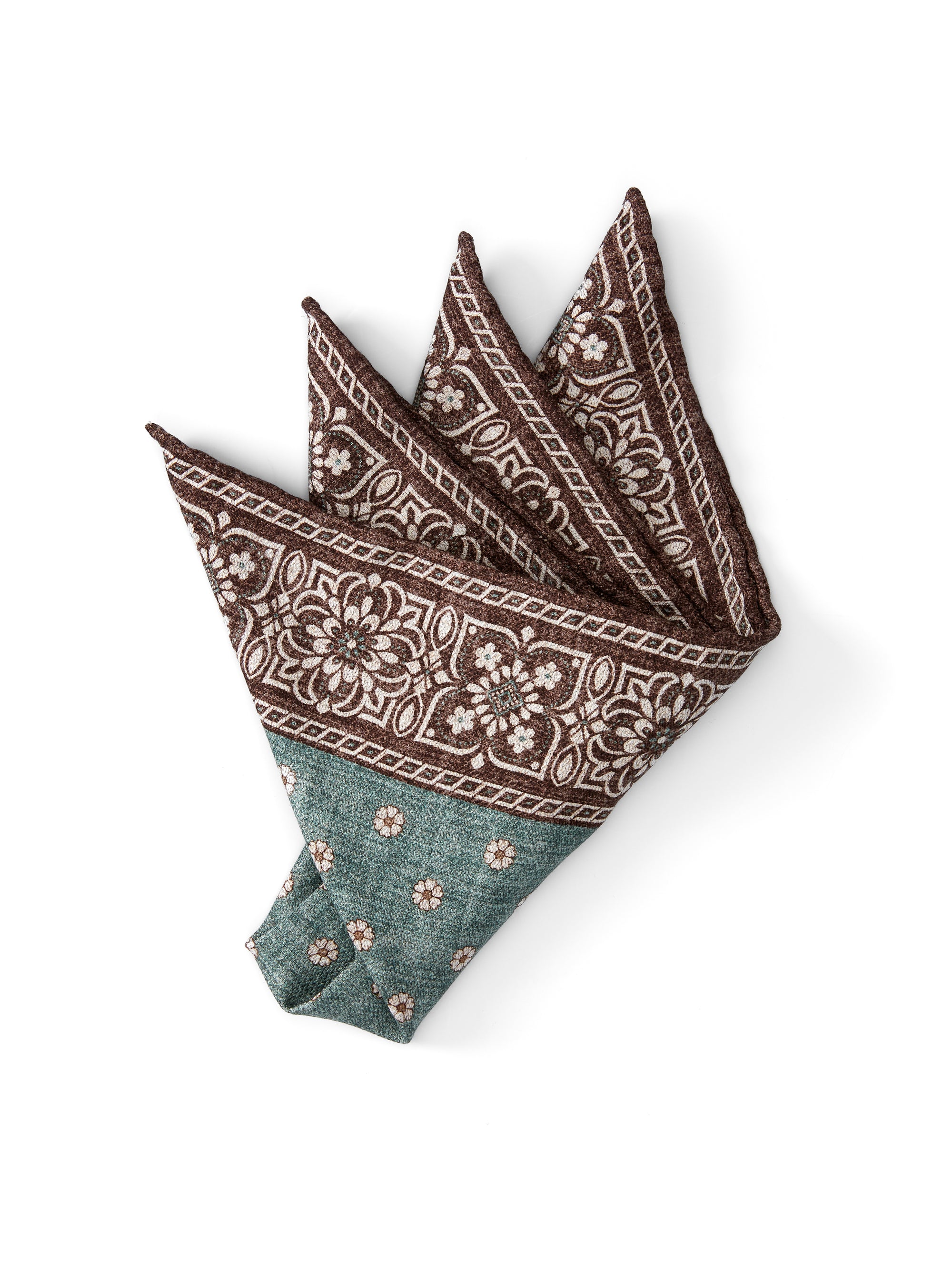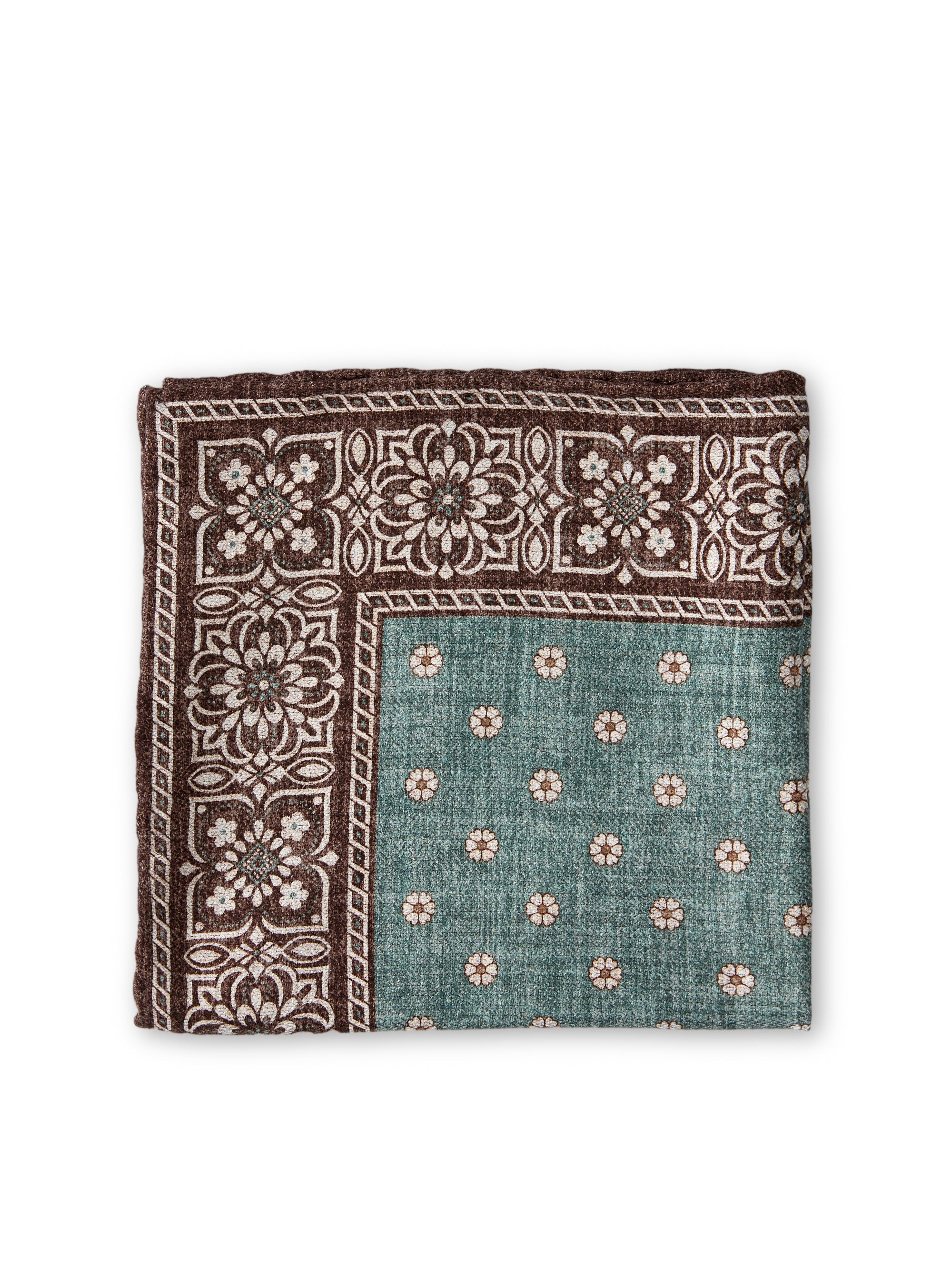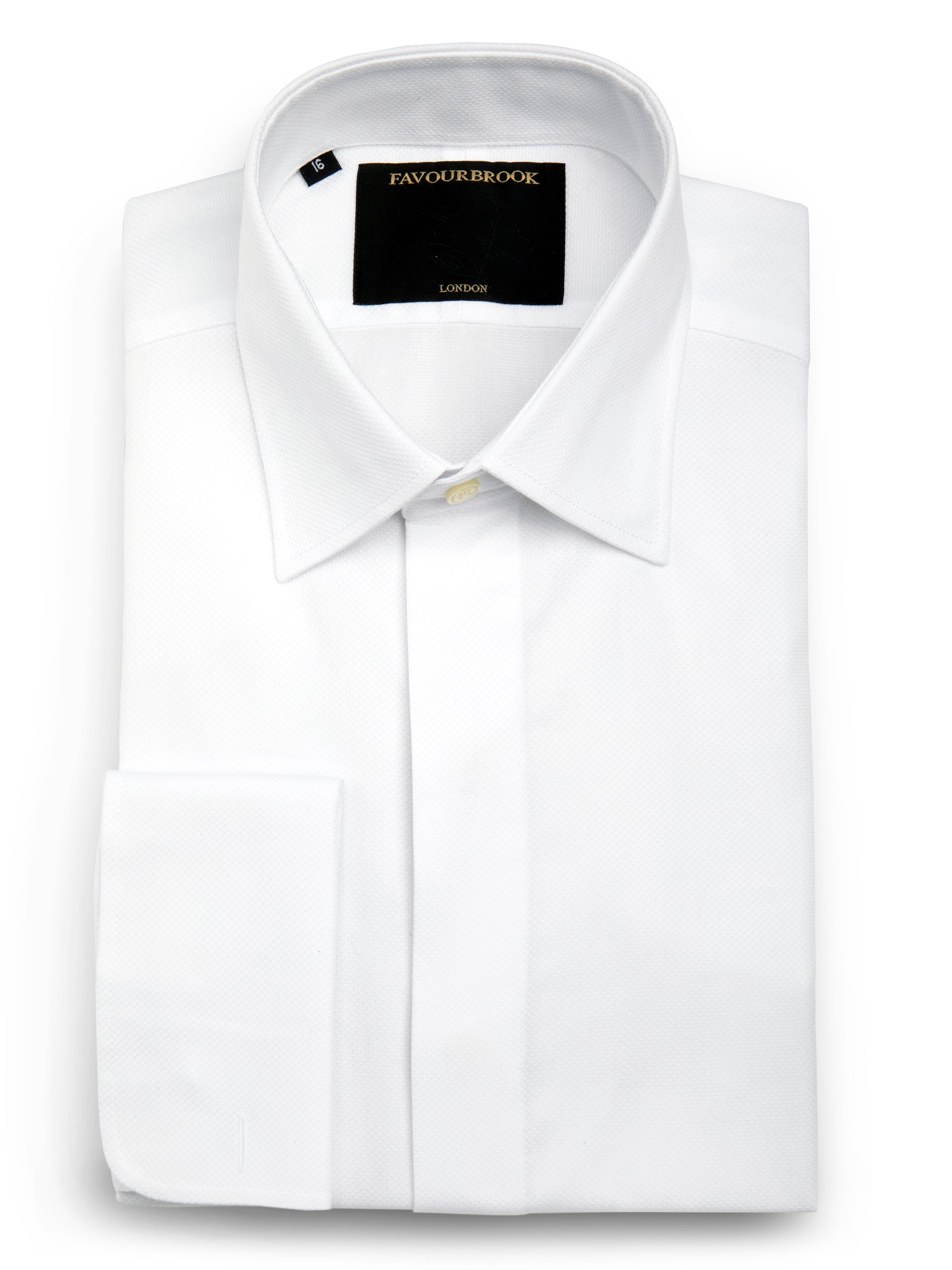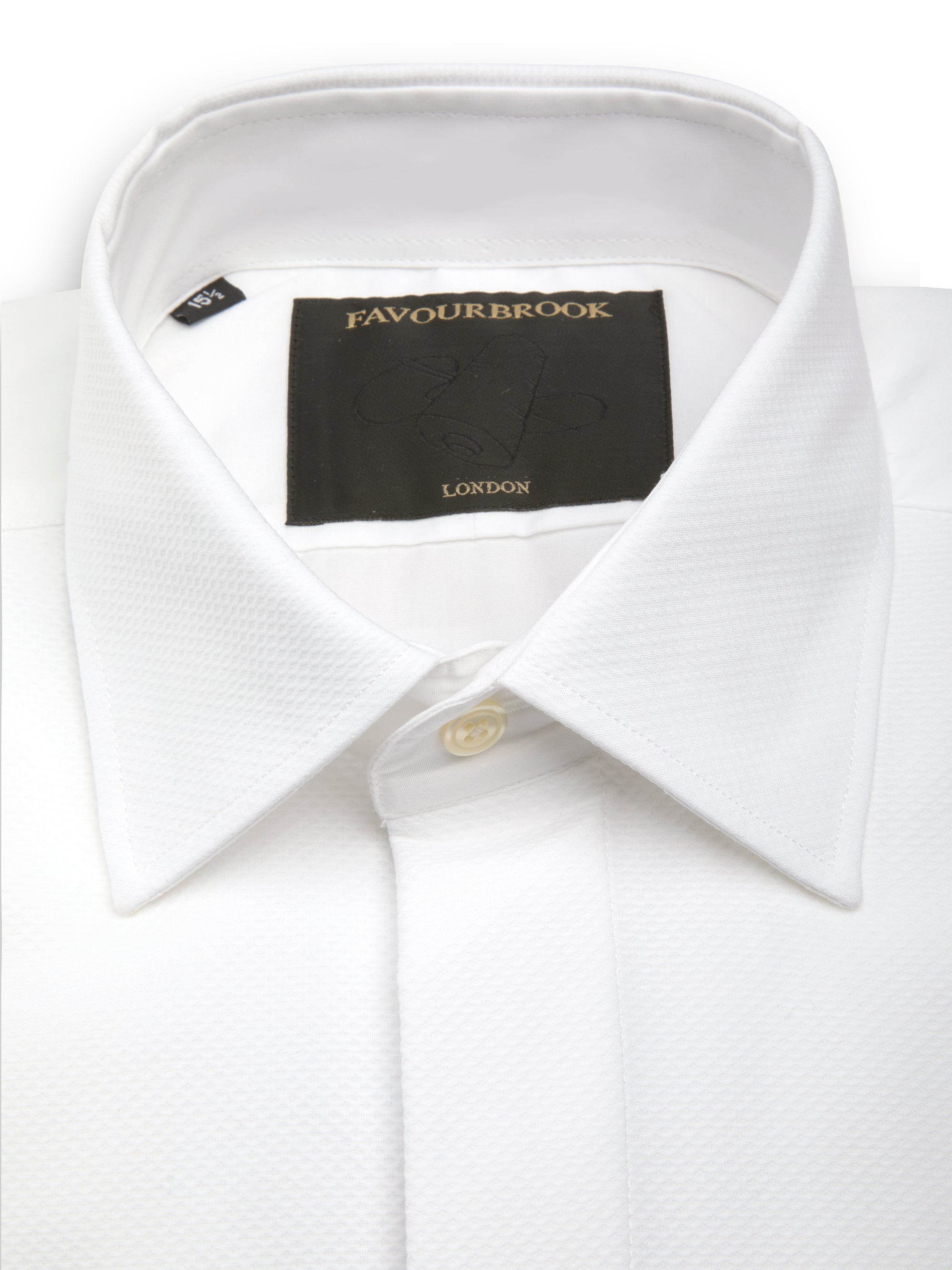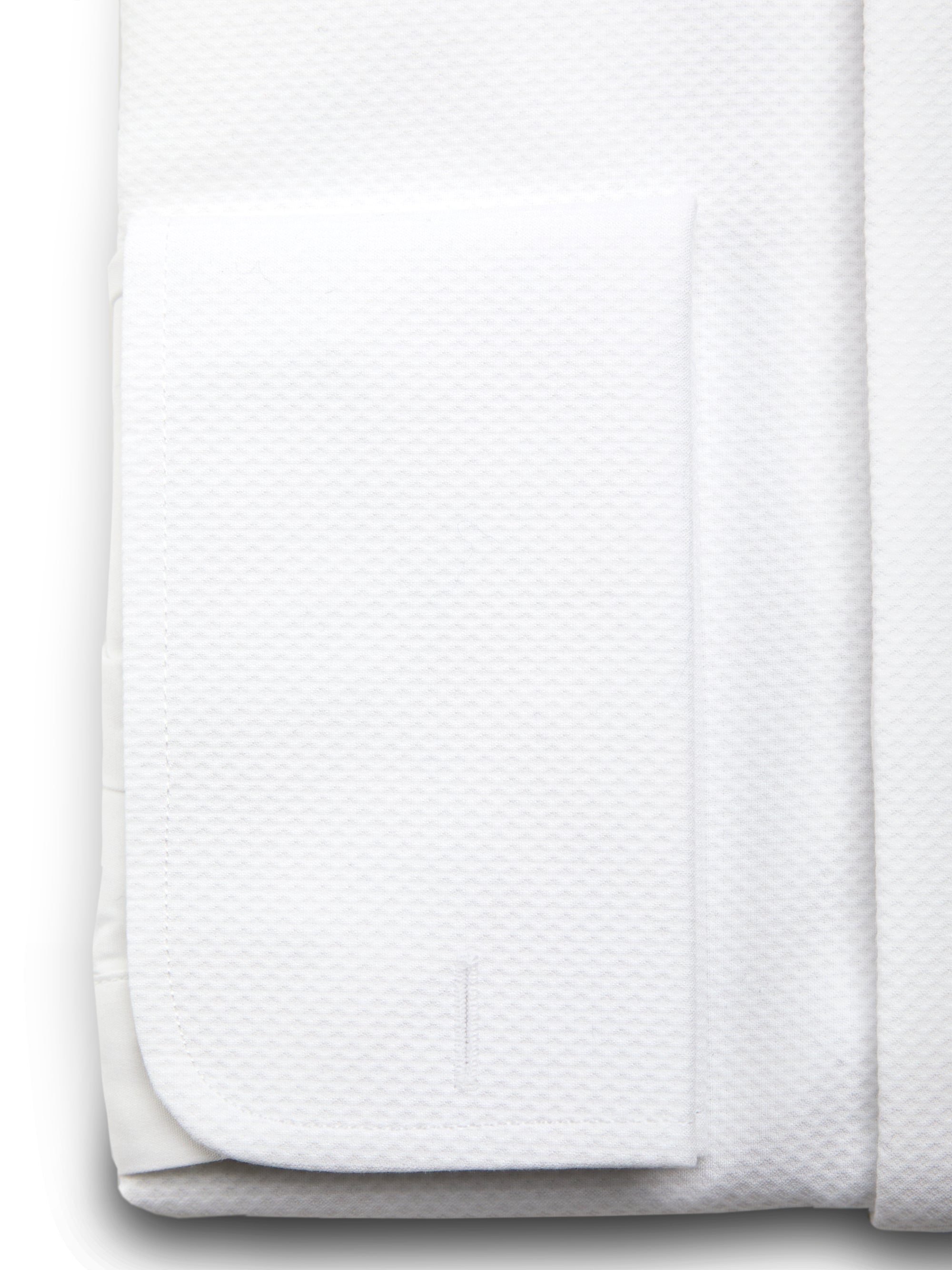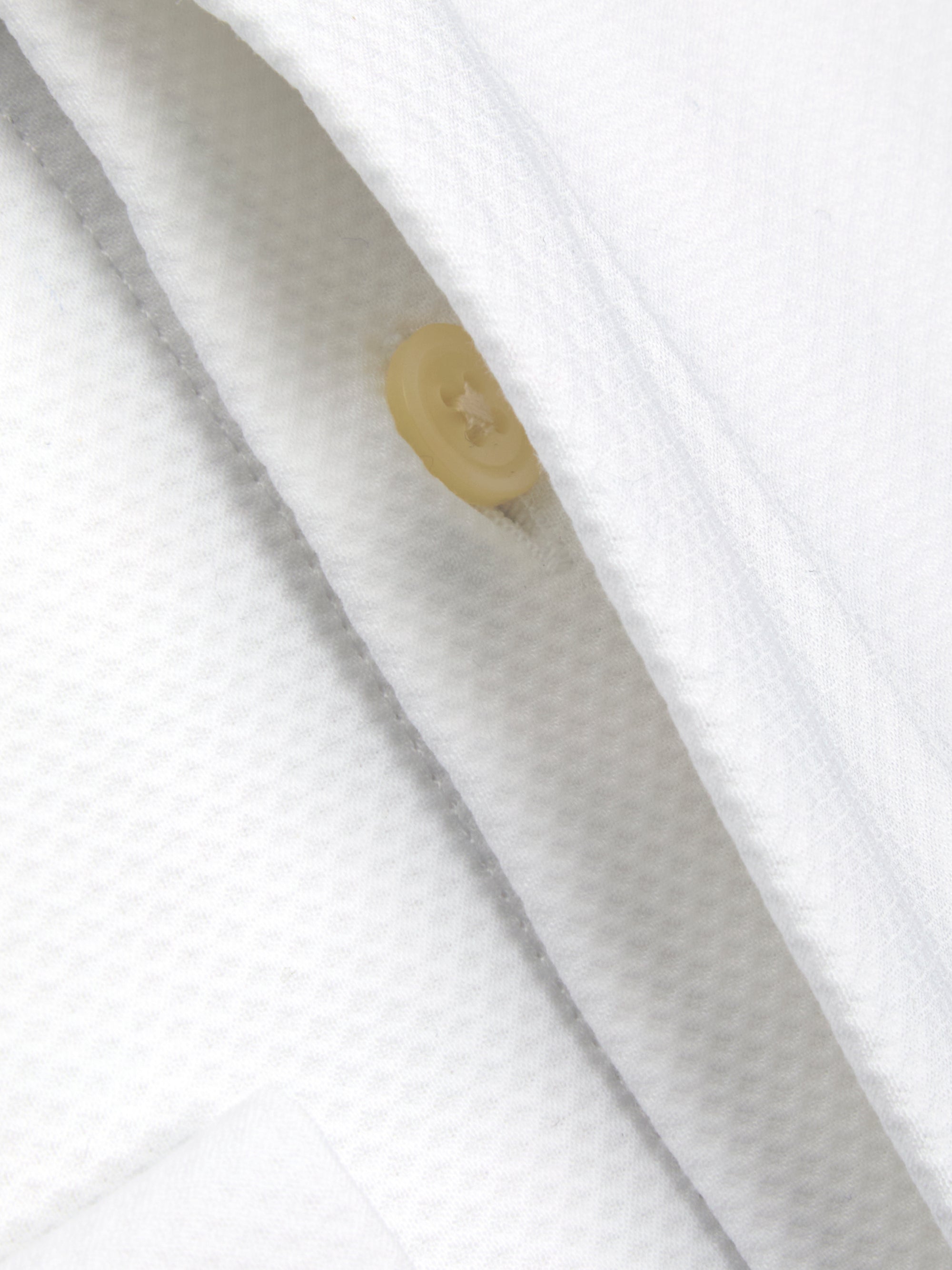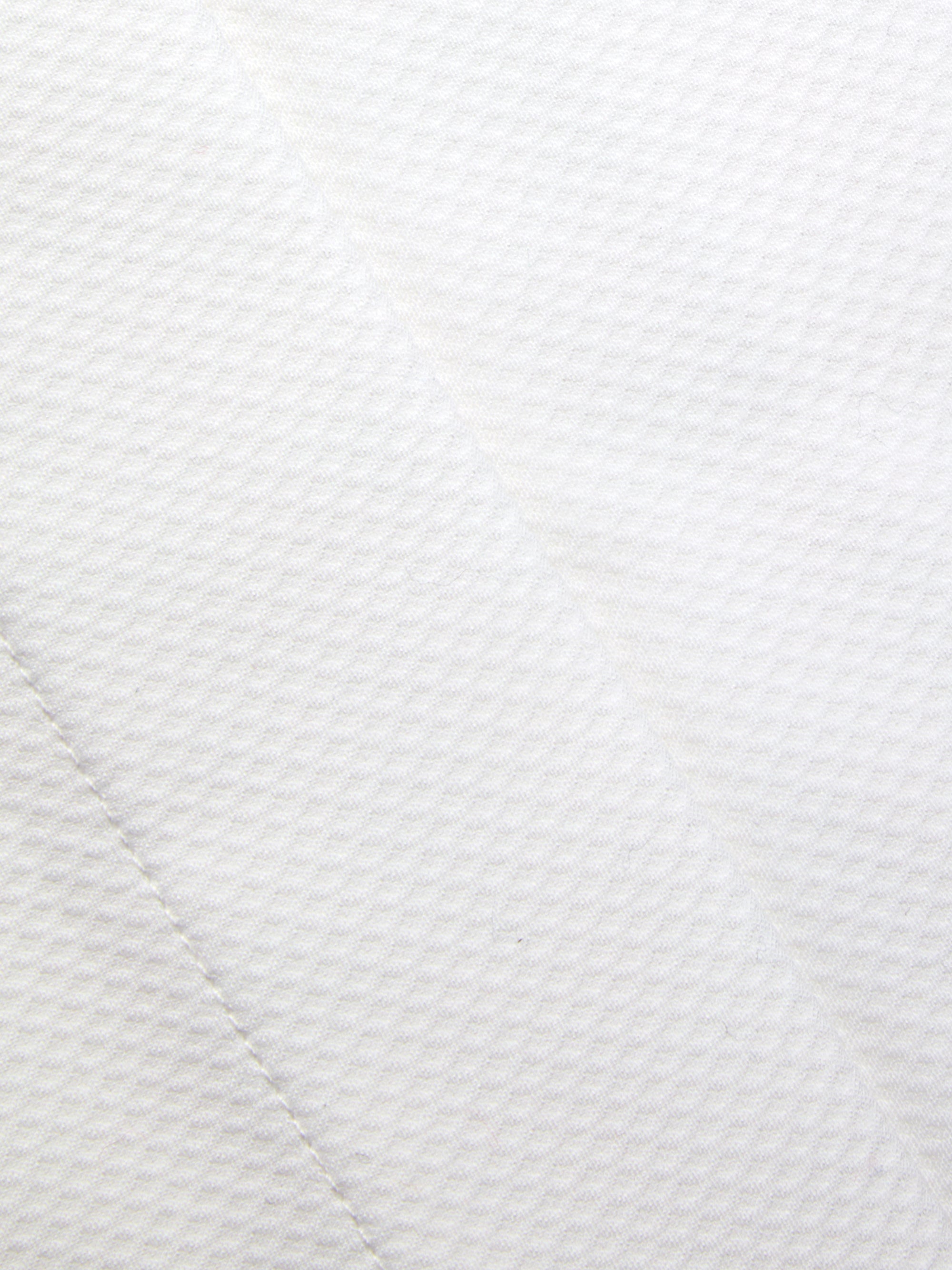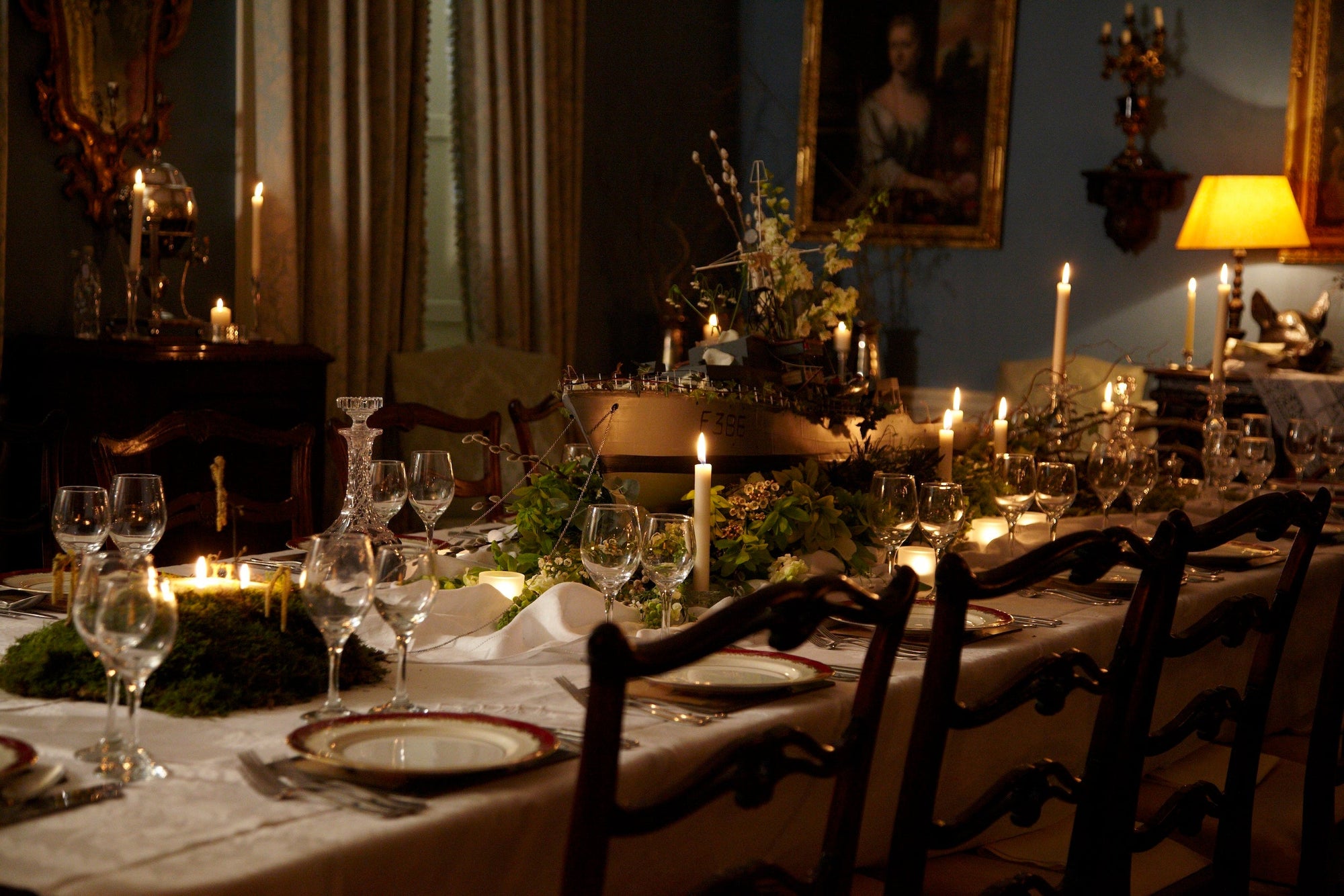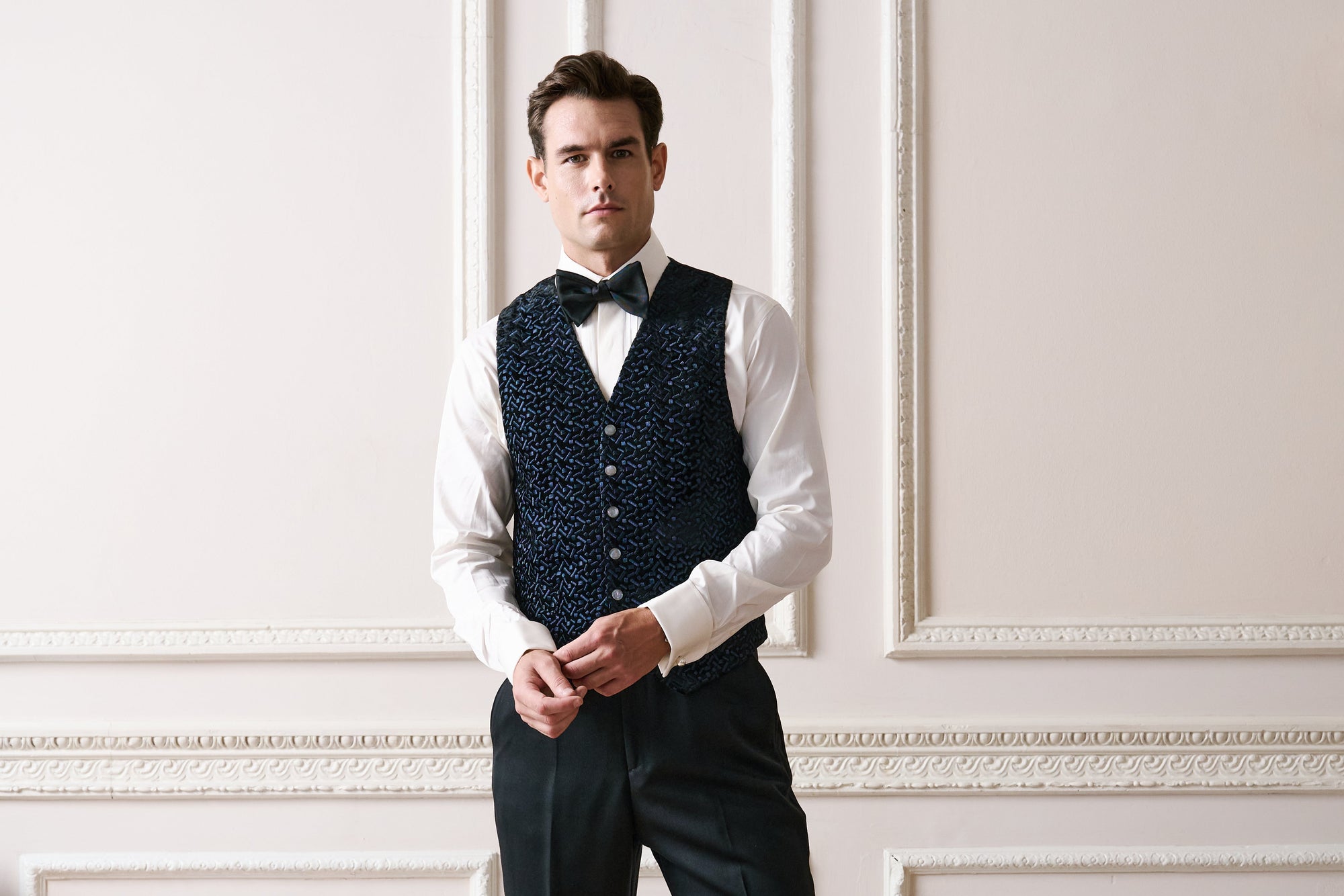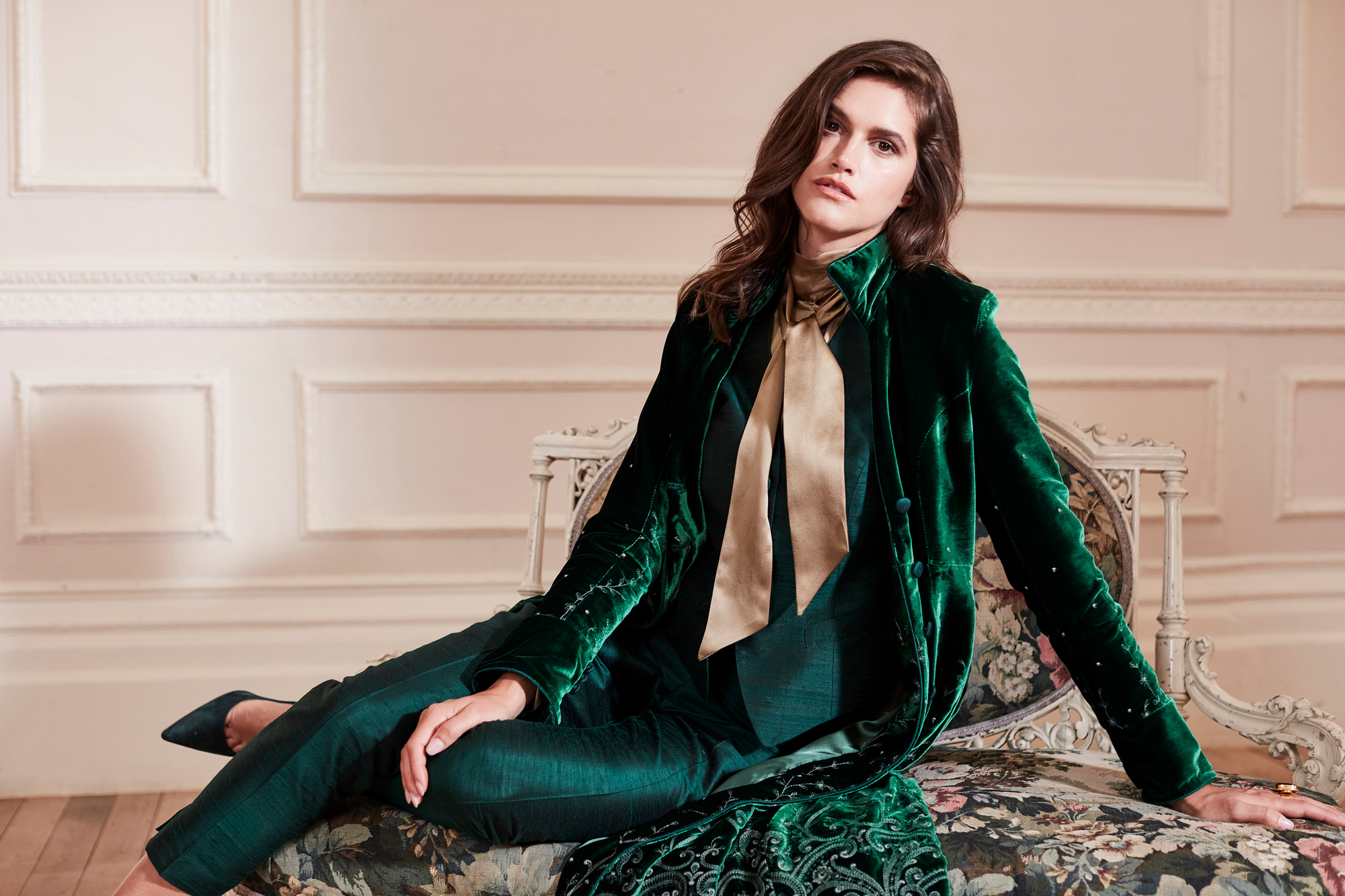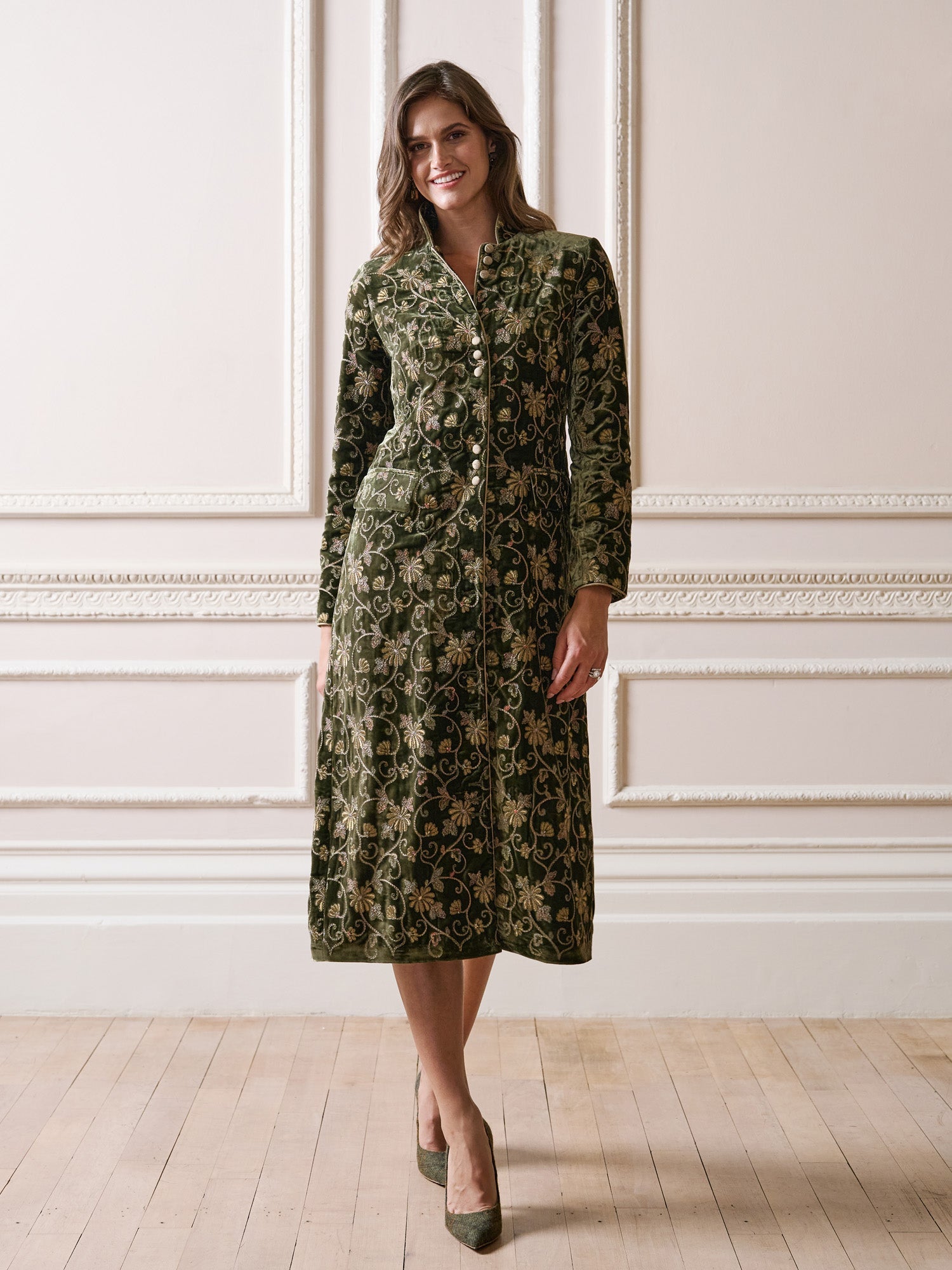The morning coat stands as the pinnacle of classic menswear, embodying heritage, sophistication, and understated luxury. Reserved for the most prestigious occasions—such as the State Opening of Parliament, royal garden parties, weddings, investitures, and the iconic race meetings at Epsom and Ascot—this garment is a symbol of sartorial excellence. While a bride pours her dreams into her wedding gown, a groom’s most refined self is crafted through the meticulously tailored lines of a morning coat. Though subtle, its nuances—fabric choice, tail length, and lapel width—require careful consideration to achieve a regal and polished appearance.

A Storied History of the Morning Coat
The morning coat’s origins trace back to the late 19th century, evolving from the frock coat, a staple of the equestrian gentry. Designed for horseback riding, the frock coat was reimagined to enhance elegance and functionality. Its straight front edges were curved back into a graceful sweep, freeing the rider’s knees from cumbersome fabric. Side pockets were eliminated to streamline the silhouette, and by the Edwardian era, the morning coat had eclipsed its predecessor. In 1936, Edward VIII cemented its status by abolishing the frock coat as court attire, mandating the morning coat’s refined silhouette instead.
[shoppable_1]]
Modern Craftsmanship and Fabric Choices
While the morning coat’s design has remained largely unchanged, advancements in fabric quality have elevated its appeal. Traditionally crafted from black wool with a peak lapel and paired with grey striped trousers, today’s morning coats offer versatility to suit various climates and events. At Favourbrook, we tailor morning coats in a range of premium fabrics:
- Black Windsor Herringbone Morning Coat: A lightweight wool woven in Yorkshire, ideal for summer occasions.
- Black Hampton Barathea Morning Coat: Crafted from midweight barathea wool with a soft, pebbled texture, perfect for spring events.
- Black Seaton Cashmere Morning Coat: Made from recycled pure cashmere in a twill weave, this luxurious option offers exceptional softness and heat-regulating properties, suitable for most seasons.

